San Francisco. Part one
If you’re going to San Francisco
Be sure to wear some flowers in your hair
San Francisco is a complete opposite of Los Angeles. This city is exactly 10 times smaller than L. A. and equally more compact.
This city is a melting pot of everything. If the USA is the forefront of global development, then San Francisco is the forefront of the USA. When people in the Eastern countries talk about the “West,” they mean Europe and America. When people in America talk about the “West,” in all those same senses, they mean San Francisco. It’s the boundary of humanity in every aspect, from technological progress to culture and human rights.
That’s why I feel a little sorry that I have to write about San Francisco. I know I won’t be able to do it justice no matter how I try.
⁂
In December, sunrises don’t arrive in San Francisco until around 7:30 in the morning. At 6 o’clock, the city is still asleep, the streets are empty, and even the buses have very few people, unlike Los Angeles, where even on January 1st, the transportation is bustling with Mexicans hurrying to work.
Bus routes cover the entire city and are quite convenient. All buses have long been equipped with buttons to request stops, but it’s much more enjoyable to pull the yellow cord that runs along the interior of the bus.


The final bus stop is called “Golden Gate Bridge.” The route comes very close to the red giant, but after half an hour of travel, the sunrise has not yet occurred. Golden Gate Bridge is barely visible in the twilight. Only after another half an hour, the sun finally illuminates the Golden Gate.

However, fishermen have been on duty at the pier since nightfall.

Before you enter San Francisco, the Golden Gate Bridge seems to be almost the center of the city, closely approaching skyscrapers or industrial zones. But that’s not the case at all. The bridge is surrounded by a huge park, with completely wild nature.
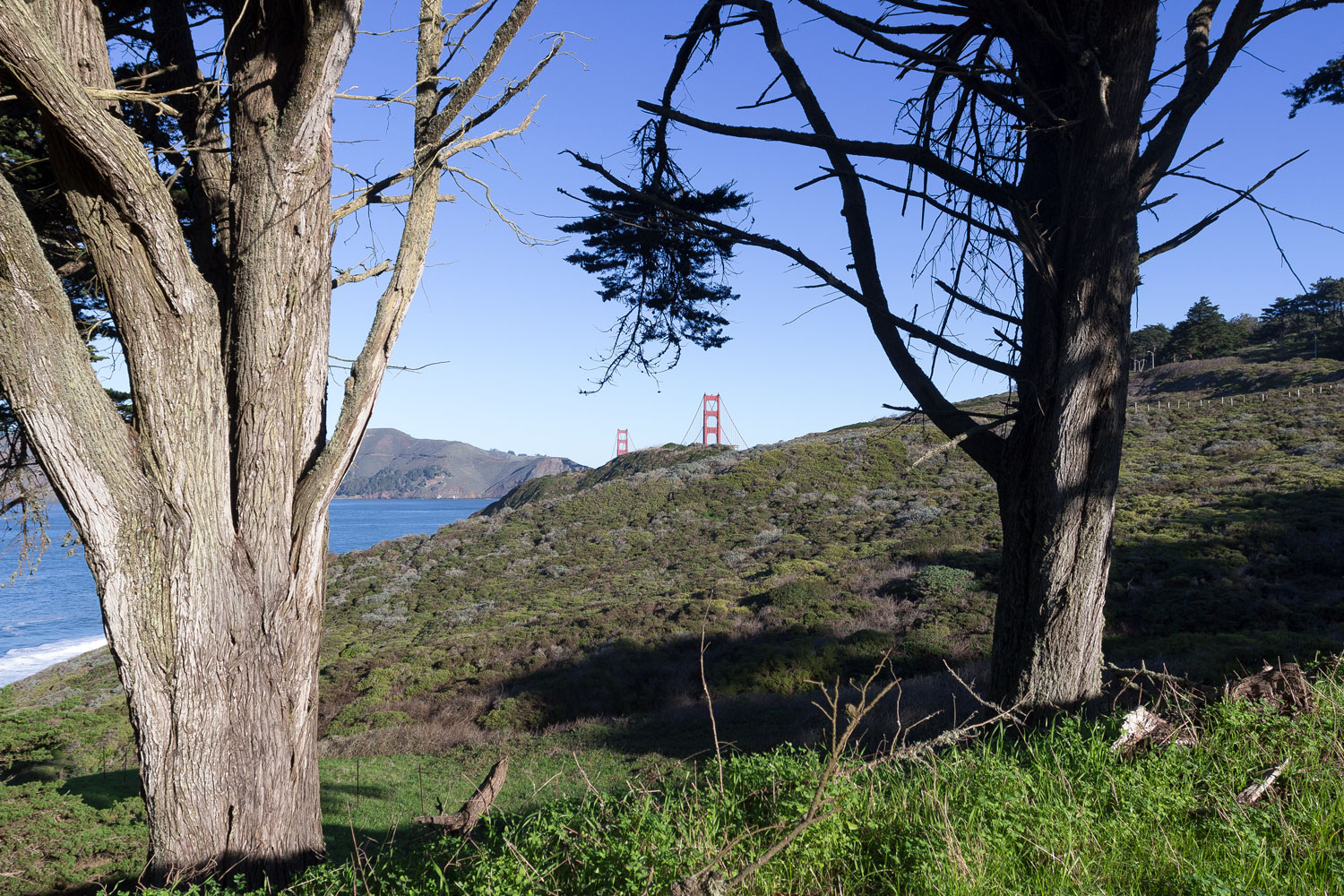
Sign: Caution, coyotes crossing the road.
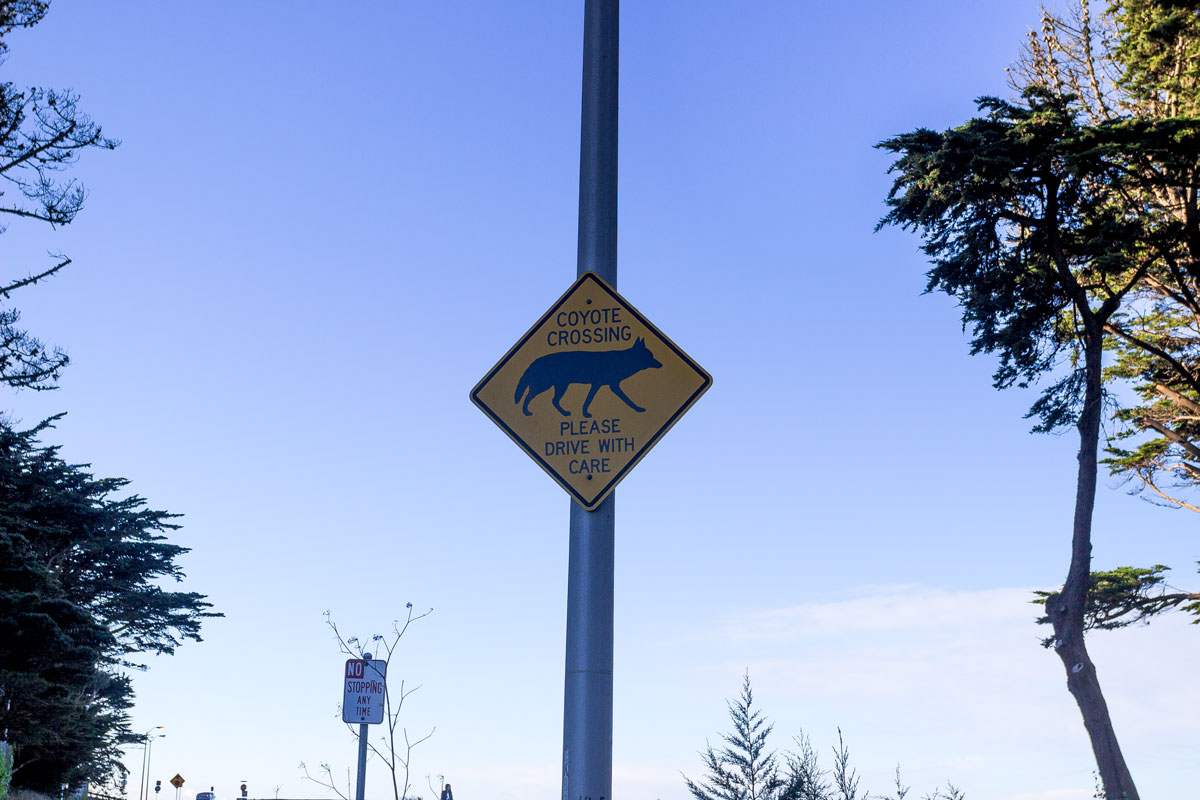
Just ten minutes ago, we were in America, and now we are somewhere in Ireland, near the Cliffs of Moher.

Strong winds constantly blow from the Pacific Ocean. It is always cold in this part of San Francisco. The vegetation here resembles that of a tundra, and the tree crowns resemble Donald Trump’s hairstyle.

We will return to the Golden Gate Bridge in a separate chapter, but for now, let’s take a walk in the western part of the city.
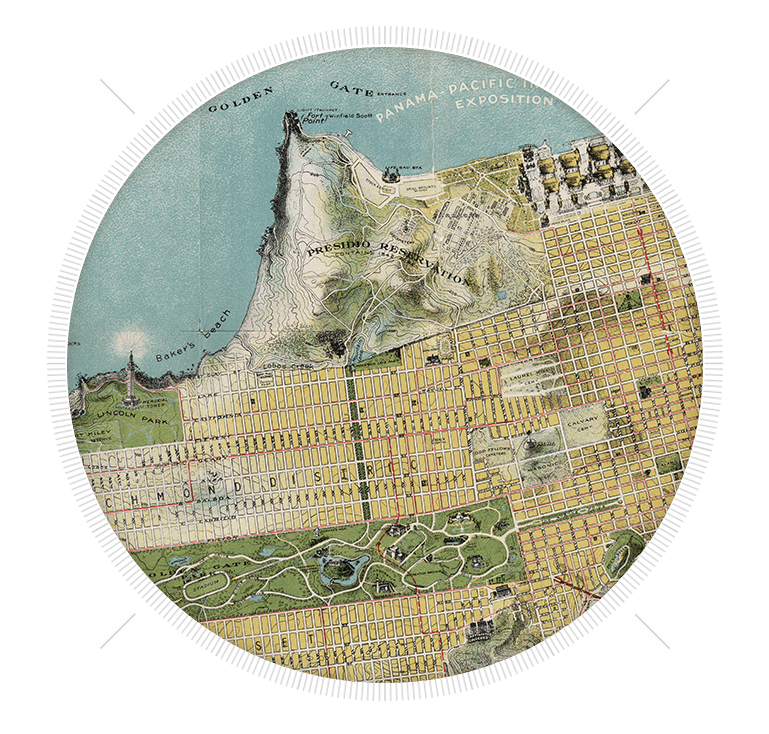
Sea Cliff
The first district of San Francisco that you come across on the way is Sea Cliff. It is clearly visible even from a distance.

Sea Cliff is one of the most expensive neighborhoods in San Francisco. For example, it is home to the guitarist of Metallica, Kirk Lee Hammett, and the well-known financier George Soros.
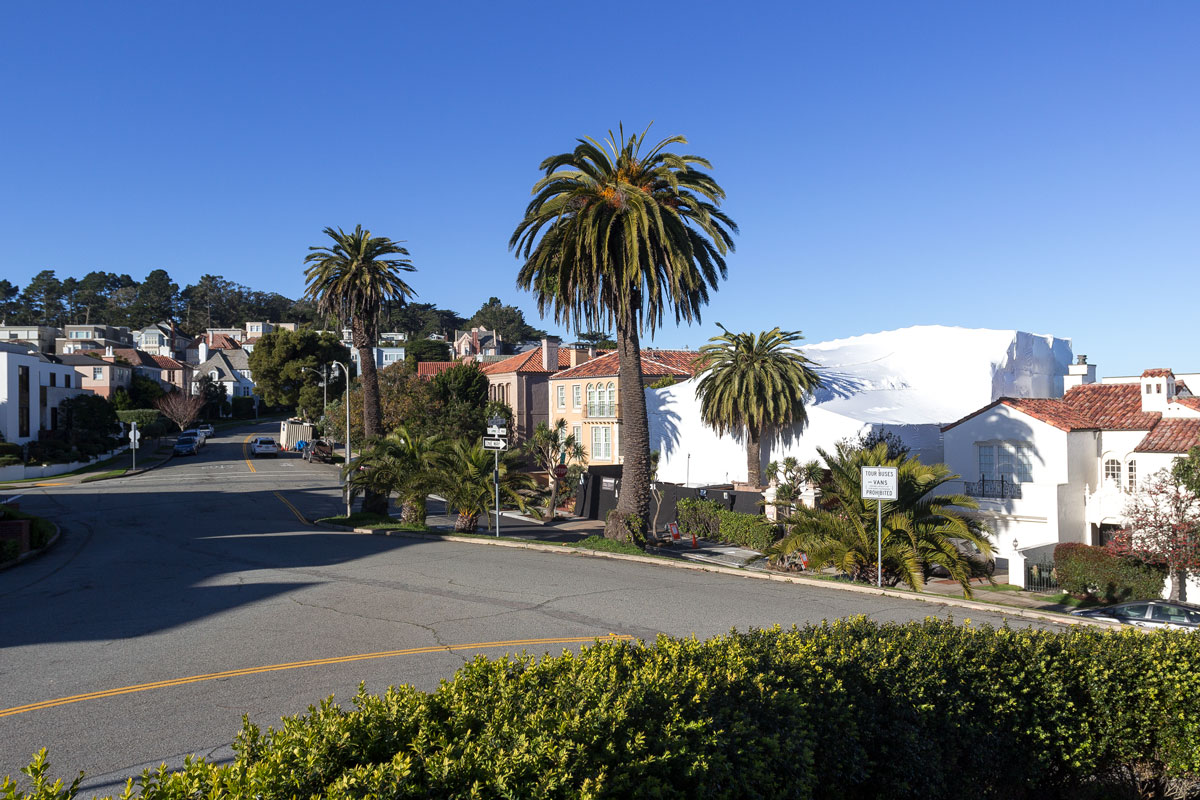
Life in Sea Cliff is significantly different from Beverly Hills; everything here is completely different. Most houses are closely situated next to each other. No wealth is visible. In San Francisco, it is not customary to flaunt one’s earnings. Silicon Valley embodies a culture of asceticism.
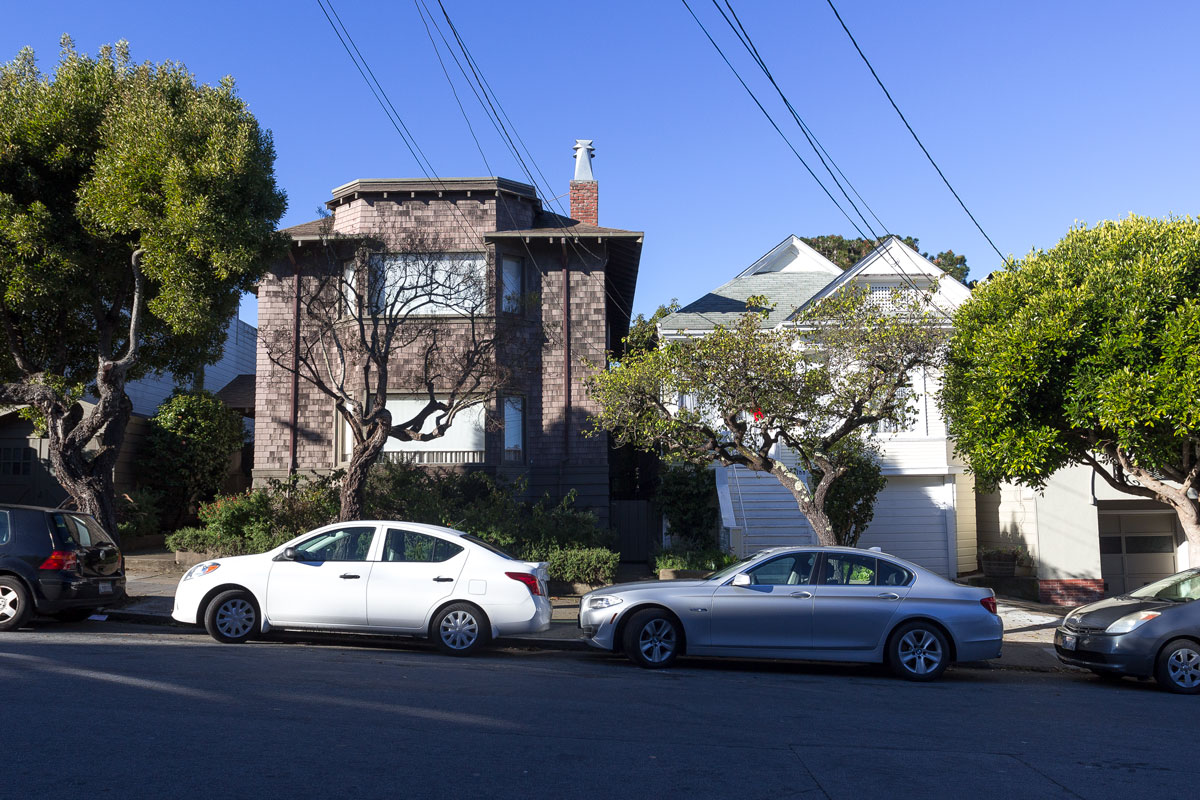
Here is someone’s villa, but even it is hardly fenced. There is a small garden behind it, and the front of the house opens directly onto the sidewalk.
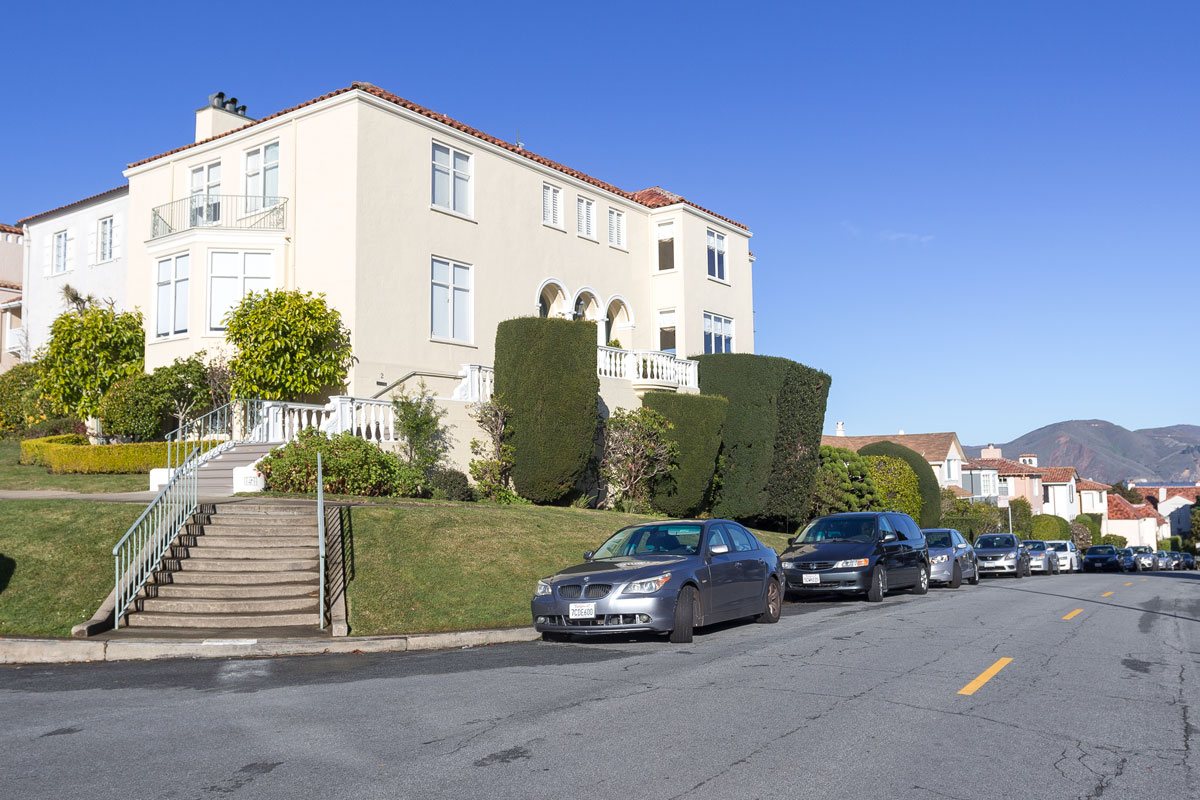
This is nothing like Beverly Hills, where every house is accompanied by a gigantic plot. Of course, because San Francisco is 10 times smaller than Los Angeles.
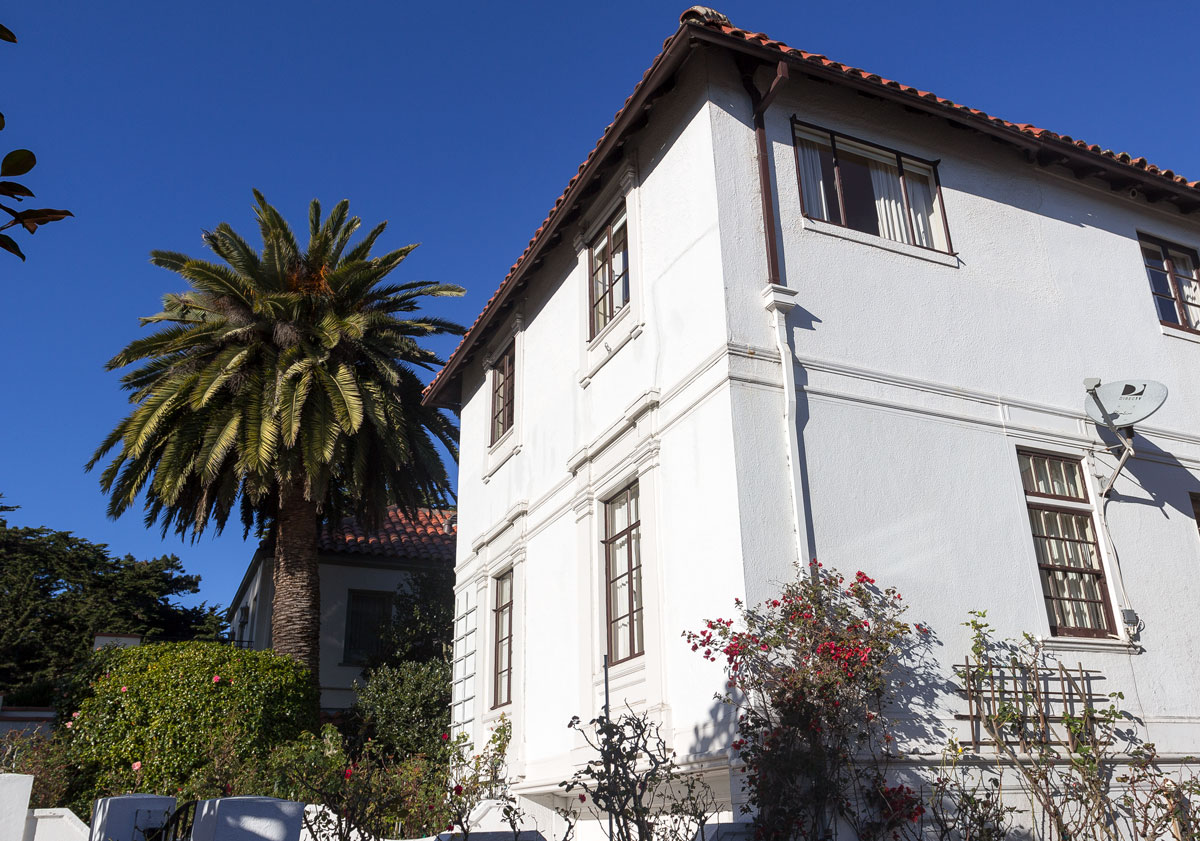
Large gardens are only found in the wealthiest houses that overlook the coast. Nothing is visible from the street side.
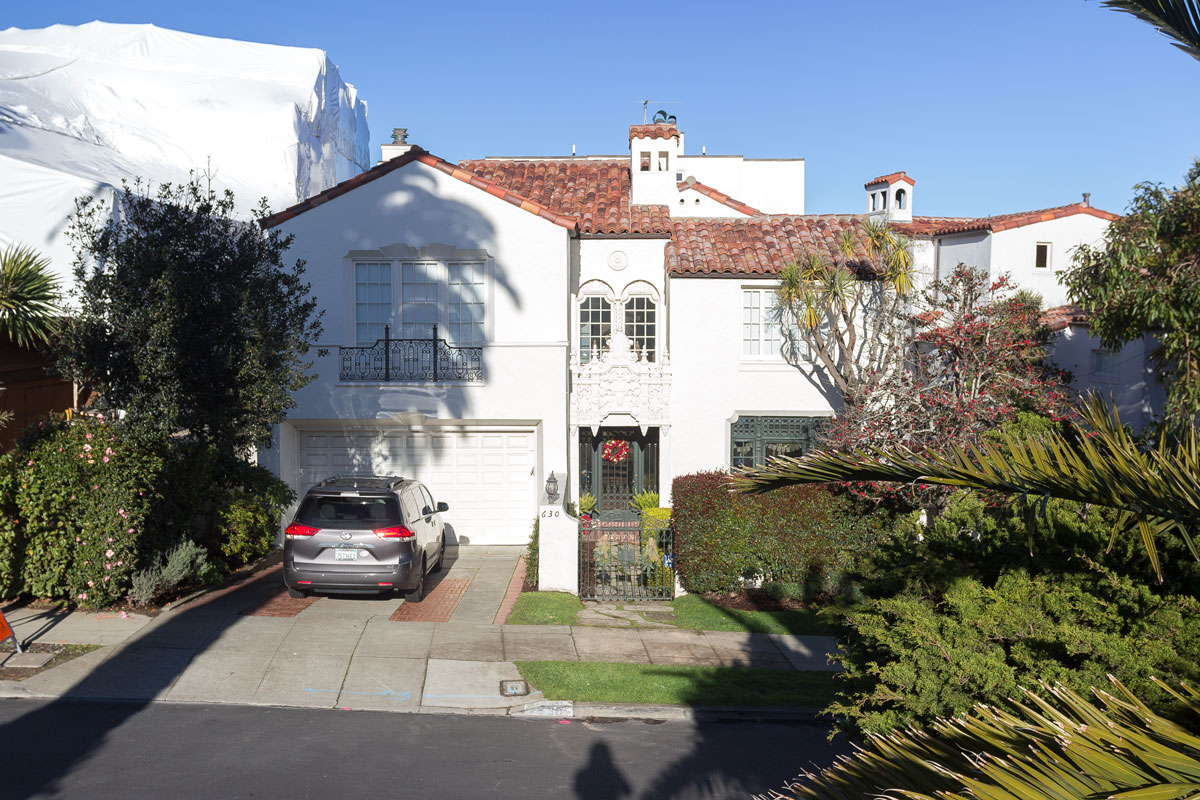
Sea Cliff is a very cozy neighborhood. It resembles a small village.

The Golden Gate Bridge is visible from here. The wealthiest houses are the luckiest, as their windows face directly towards the bridge. However, they also catch all the wind.
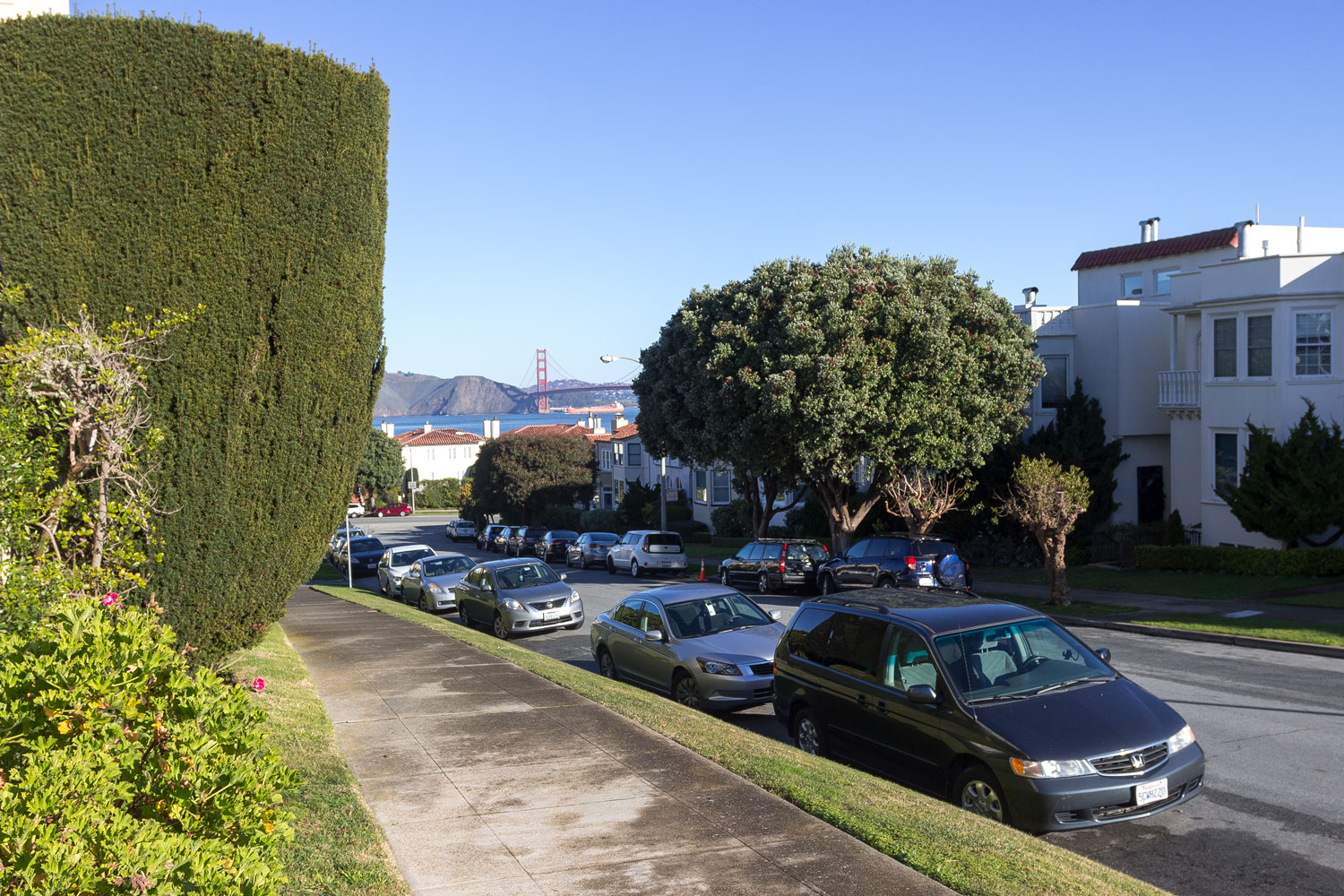
Street signs.
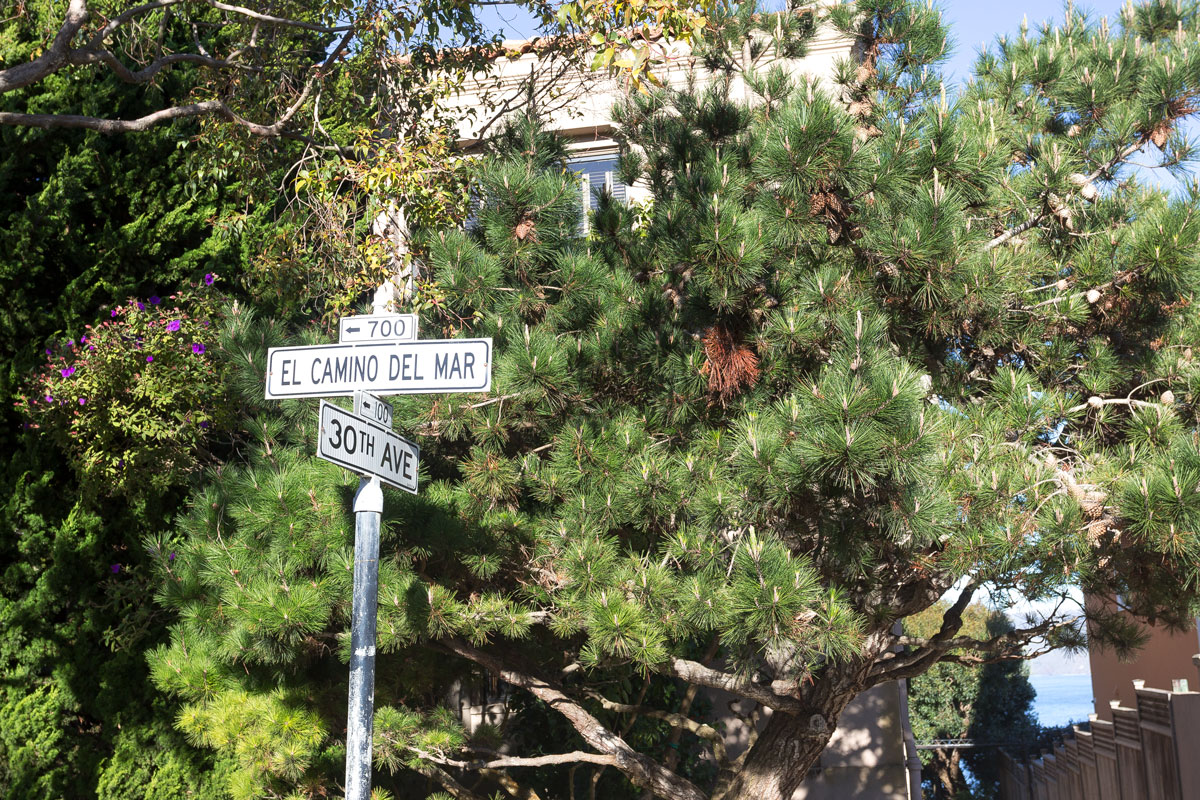
Details: fire alarm, house number, mailbox, “Cable buried here” flag.
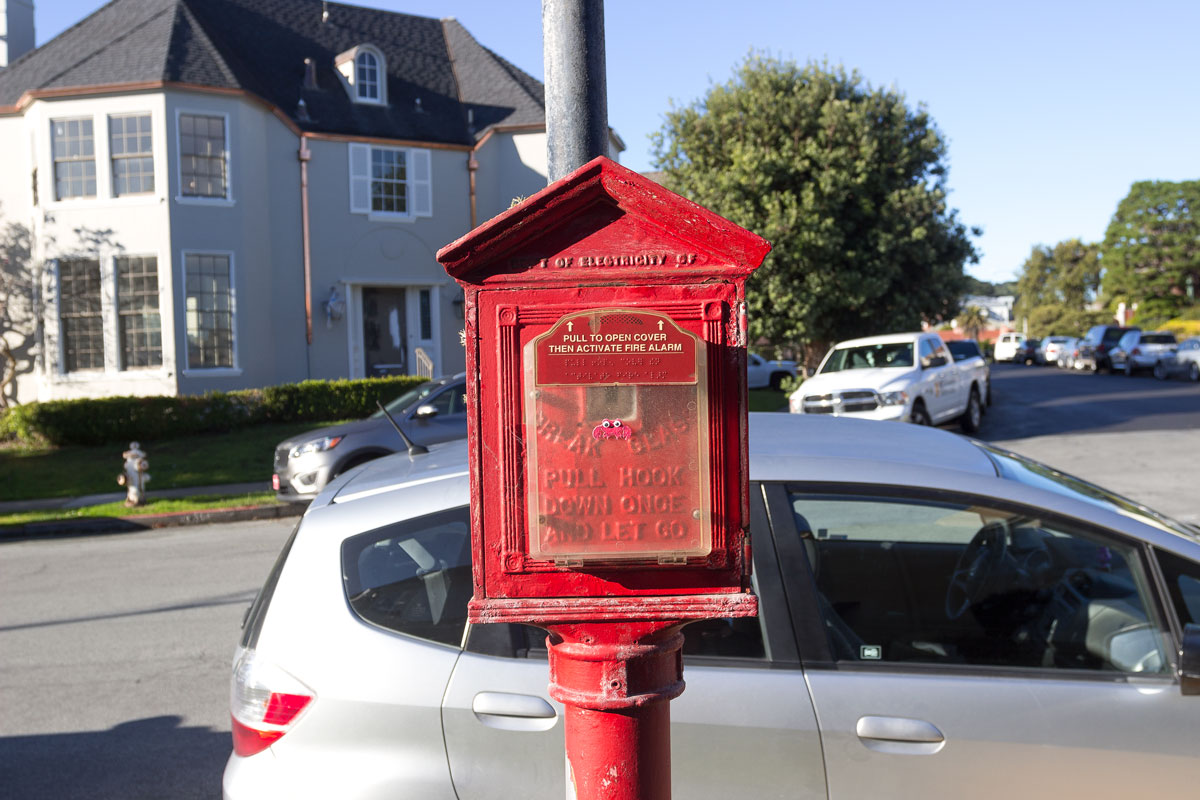
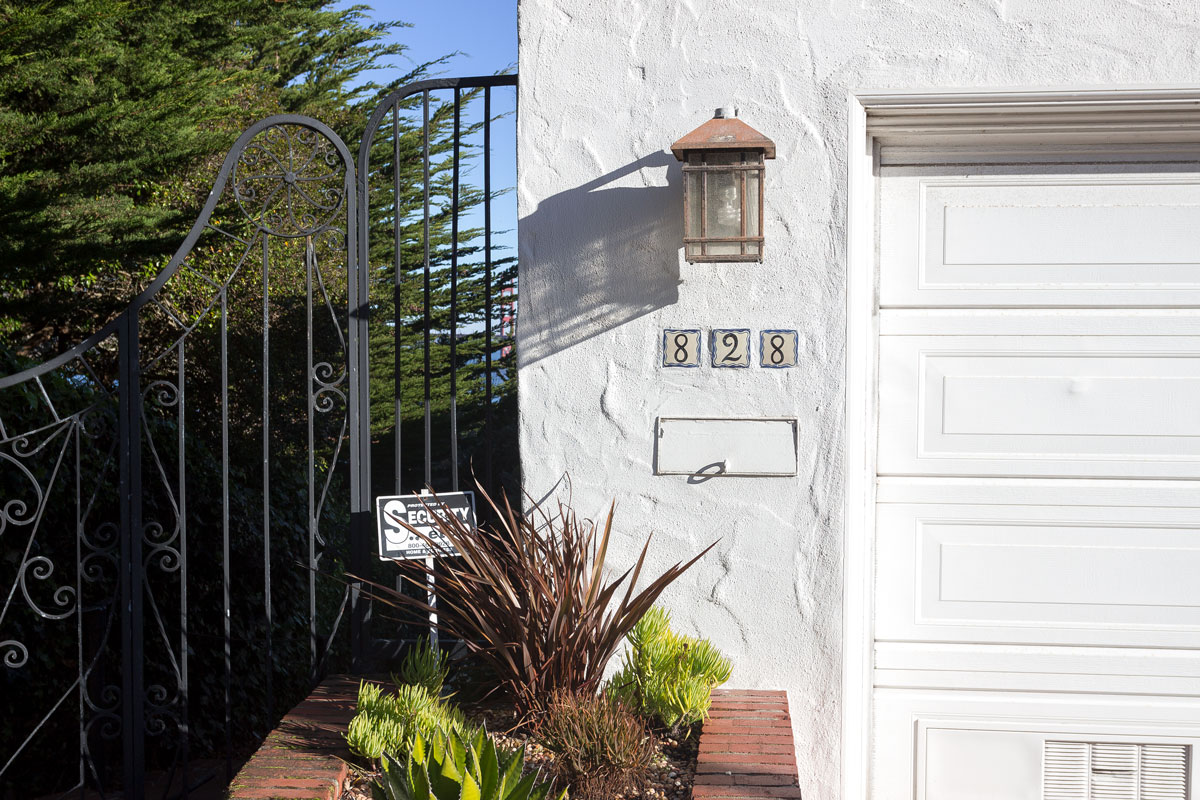
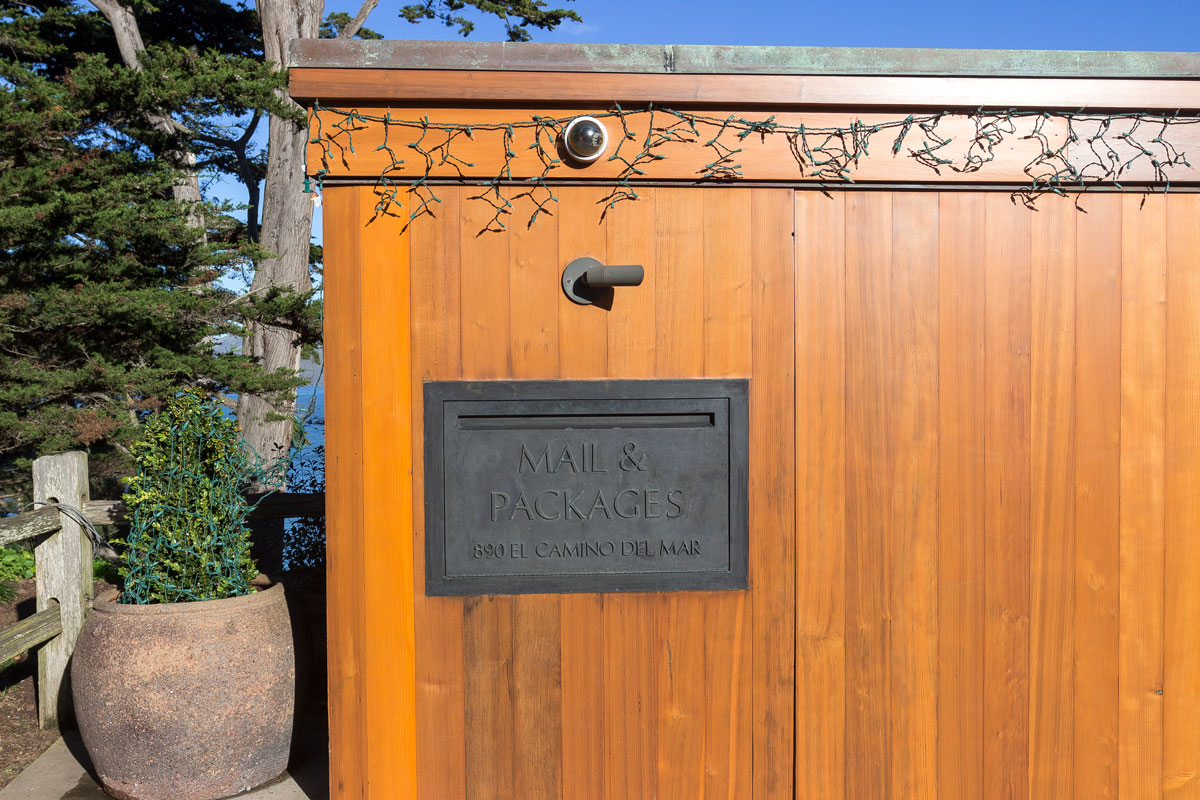

Street names are engraved on the pavement tiles.

Sign: “No dumping. Only rain down the drain. Report pollution call 311.” A fancy crab.
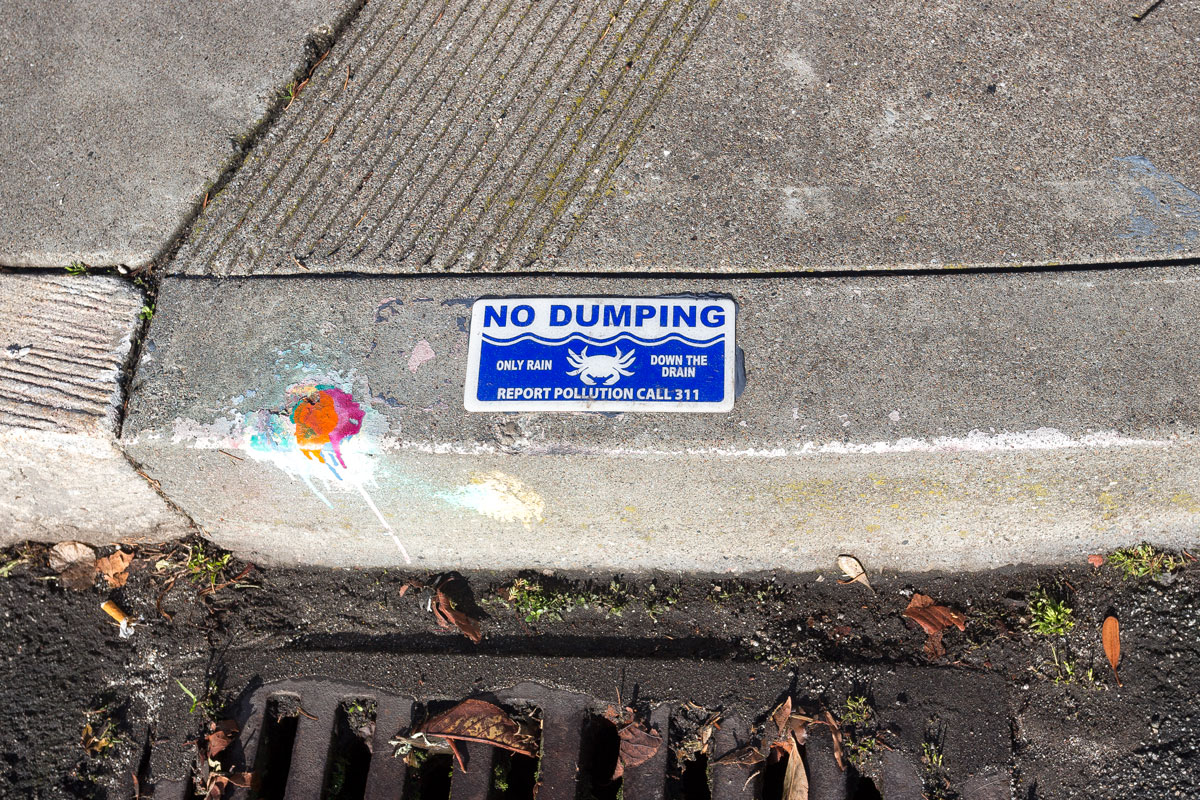

Richmond
The elite neighborhood of Sea Cliff is adjacent to the Richmond district, its complete opposite and one of the most affordable neighborhoods in San Francisco.
Richmond doesn’t look great.
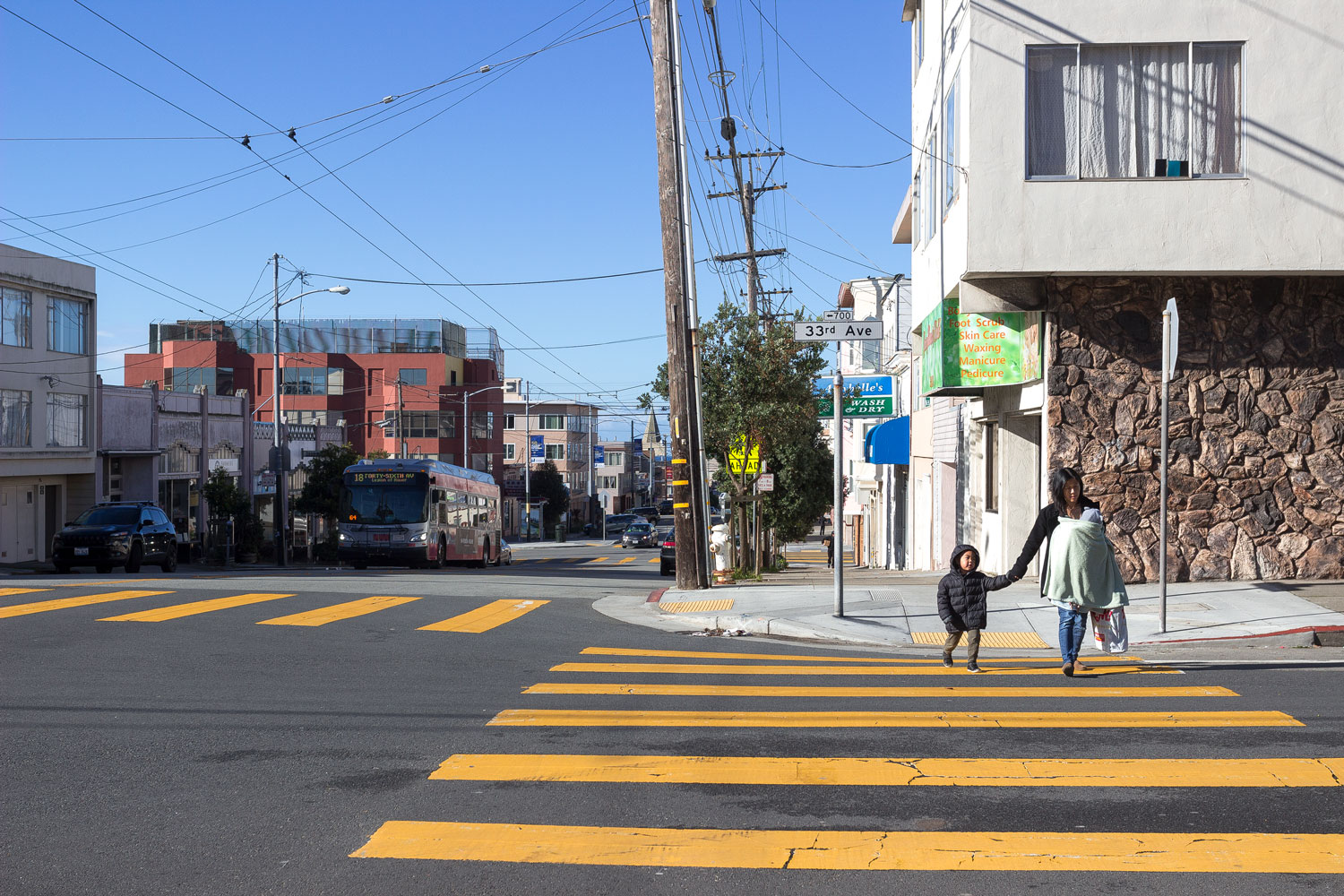
You can rent a house in Richmond starting from $1200 per month. It’s already a significant amount on its own, but in San Francisco, everything is very expensive. Everyone wants to live in the city of dream.
Houses in Richmond are two-story, small-sized, with garages typically located on the ground floor.

Many houses have an external staircase that allows direct access to the second floor.
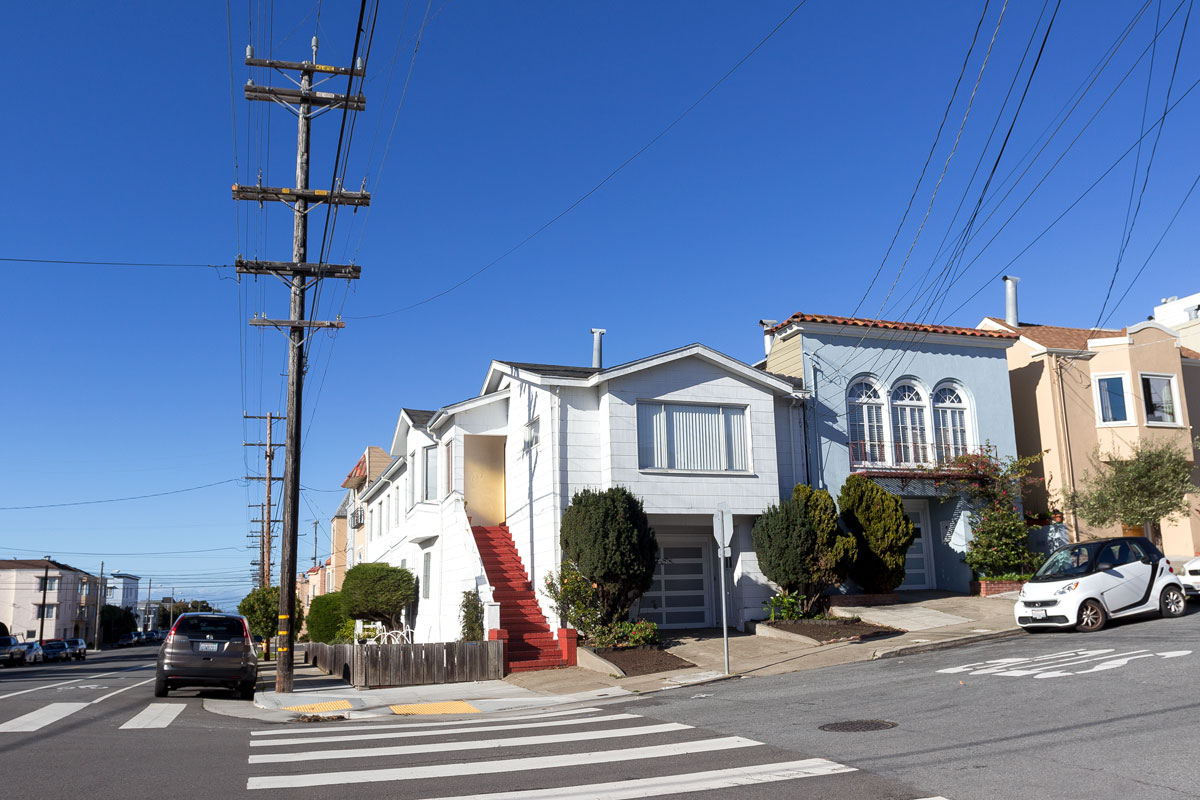
A typical street in Richmond.
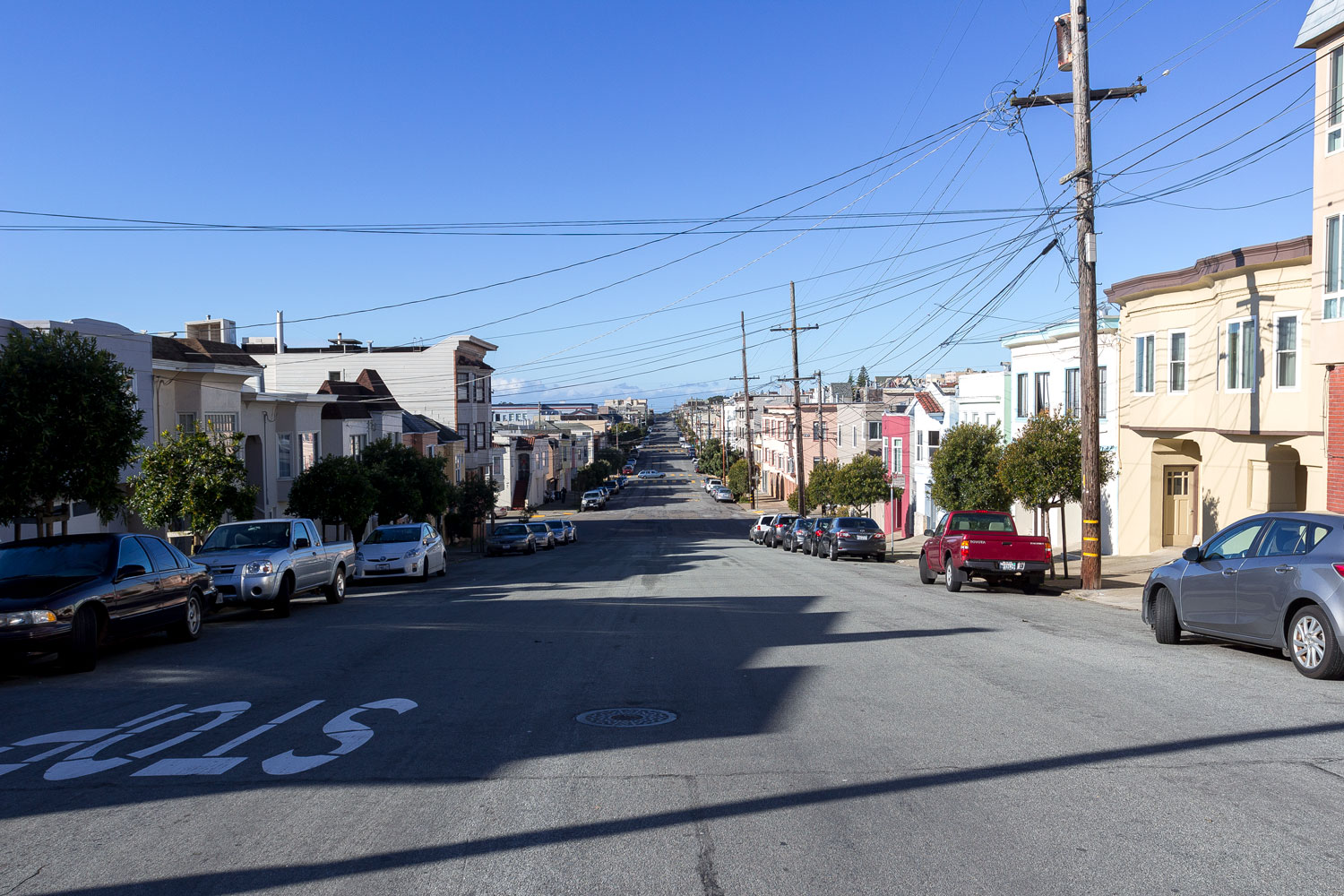
Richmond is very popular among Russians and Chinese due to its affordability. There is a neighborhood called Little Russia in Richmond. It even has a somewhat spooky Orthodox church and several signs in the Russian language.
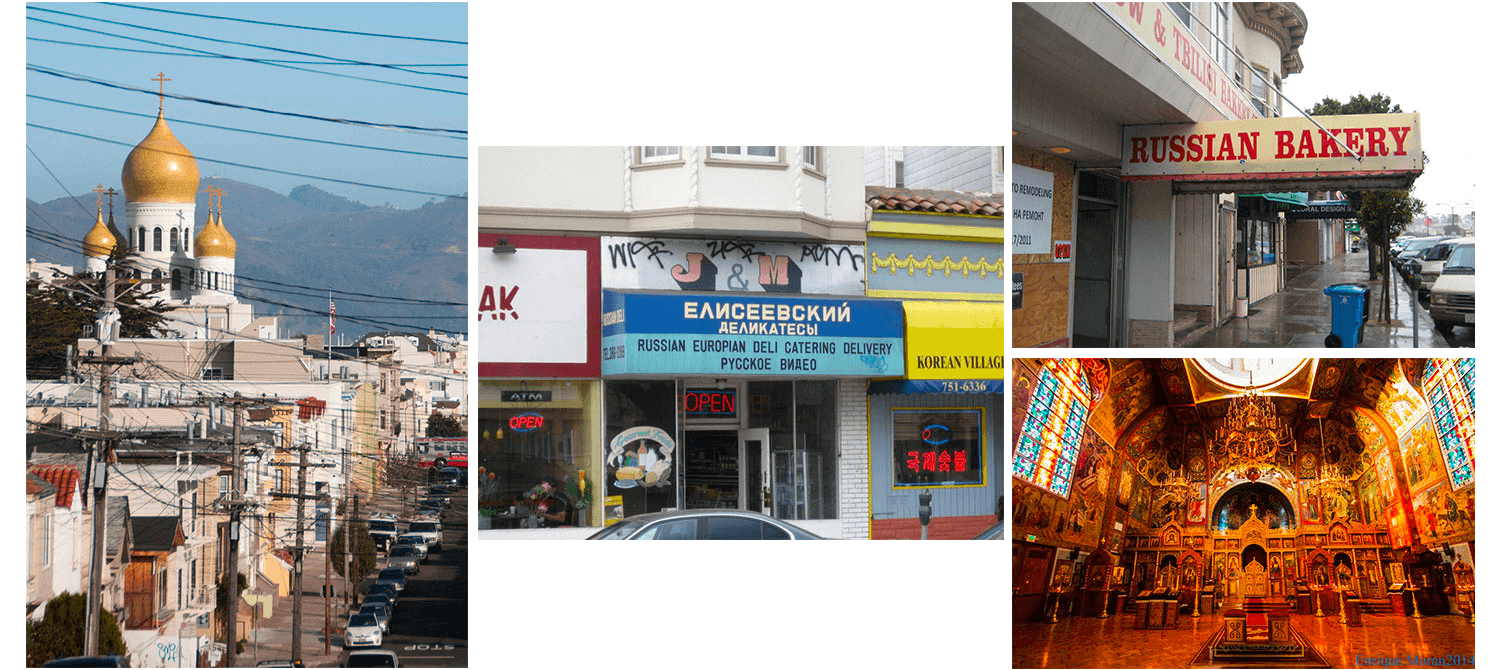

Golden Gate Park
Richmond borders the main park of San Francisco, Golden Gate Park. It is a vast green area that stretches for almost half the city’s length. San Francisco ranks second in ecological standards among cities in the United States, standing alongside Singapore and Copenhagen.

It is simply inconceivable that such vast areas are dedicated to green spaces within the city. In San Francisco, it is incredibly challenging to find housing, and a significant number of people commute from neighboring cities for work, but the park remains untouched.
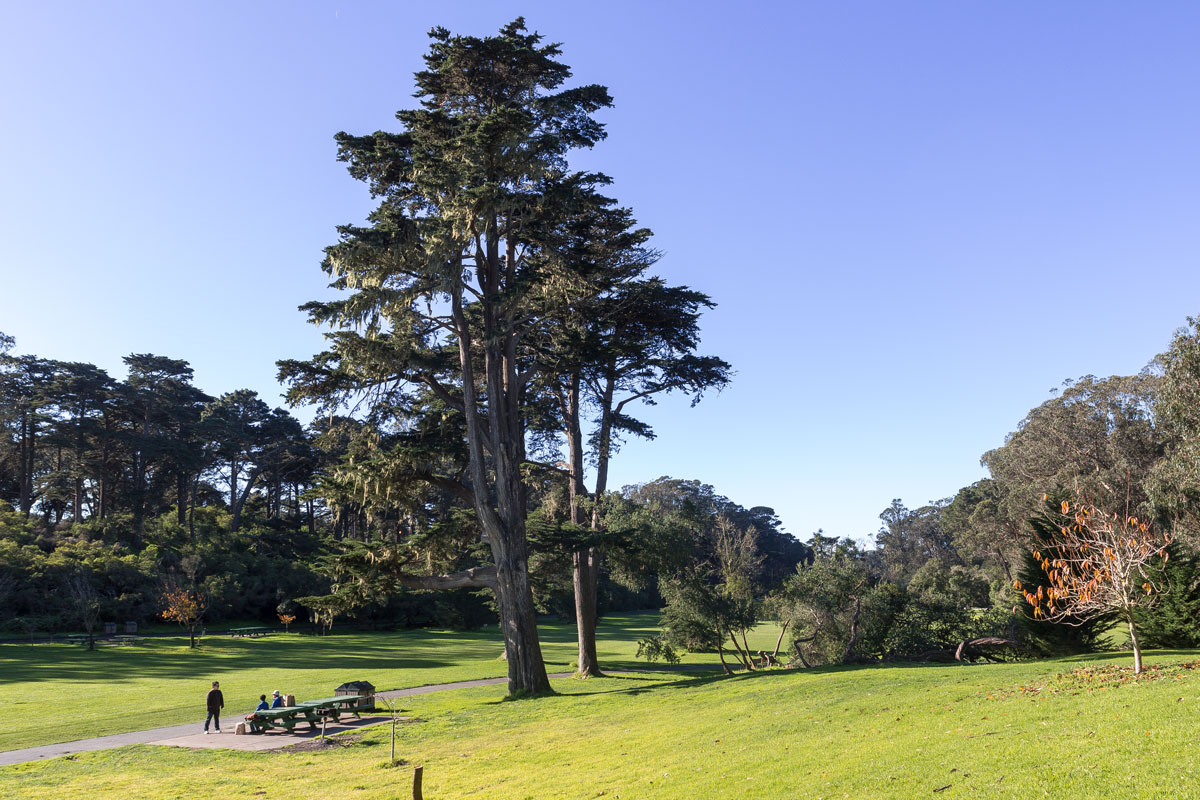
In the center of the park is Strawberry Hill, which is 120 meters tall. The hill is surrounded by lake.
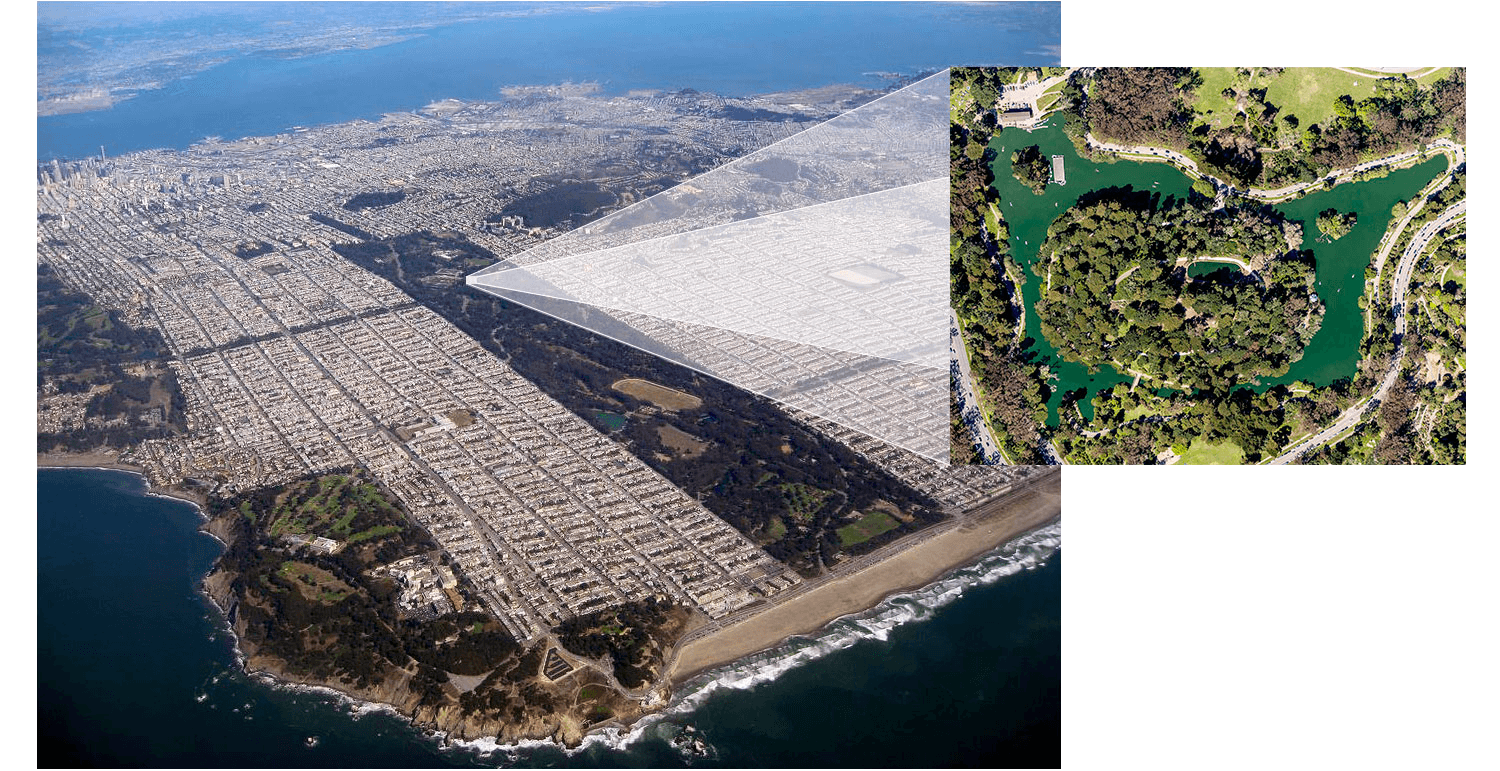
The entire city is not visible from the hill, but the top of the Golden Gate peeks out from behind the trees.
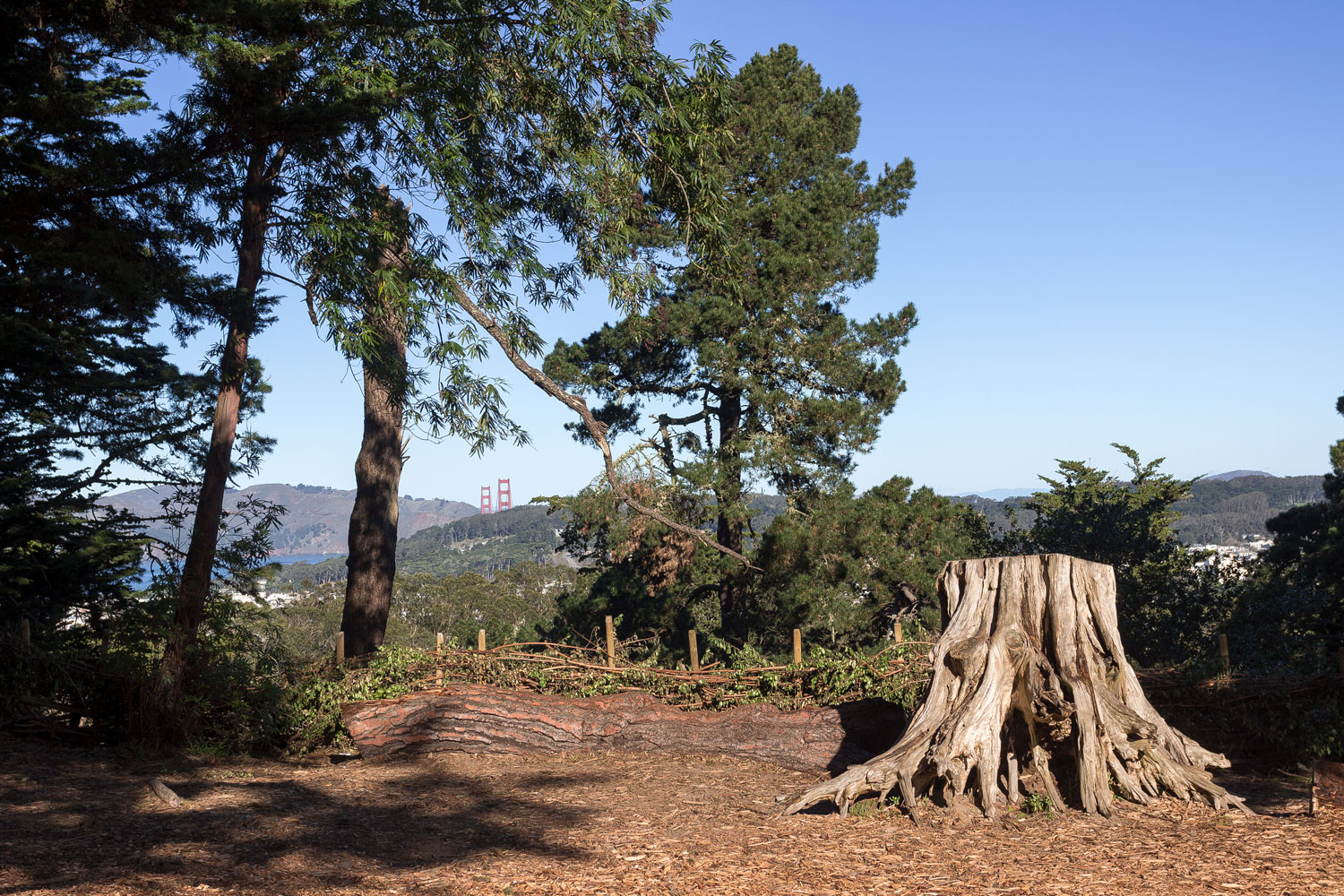
On the hill, you get the feeling that you’re somewhere in the mountains of Austria rather than in the center of a technological revolution. It’s like a nature reserve in the middle of the city.
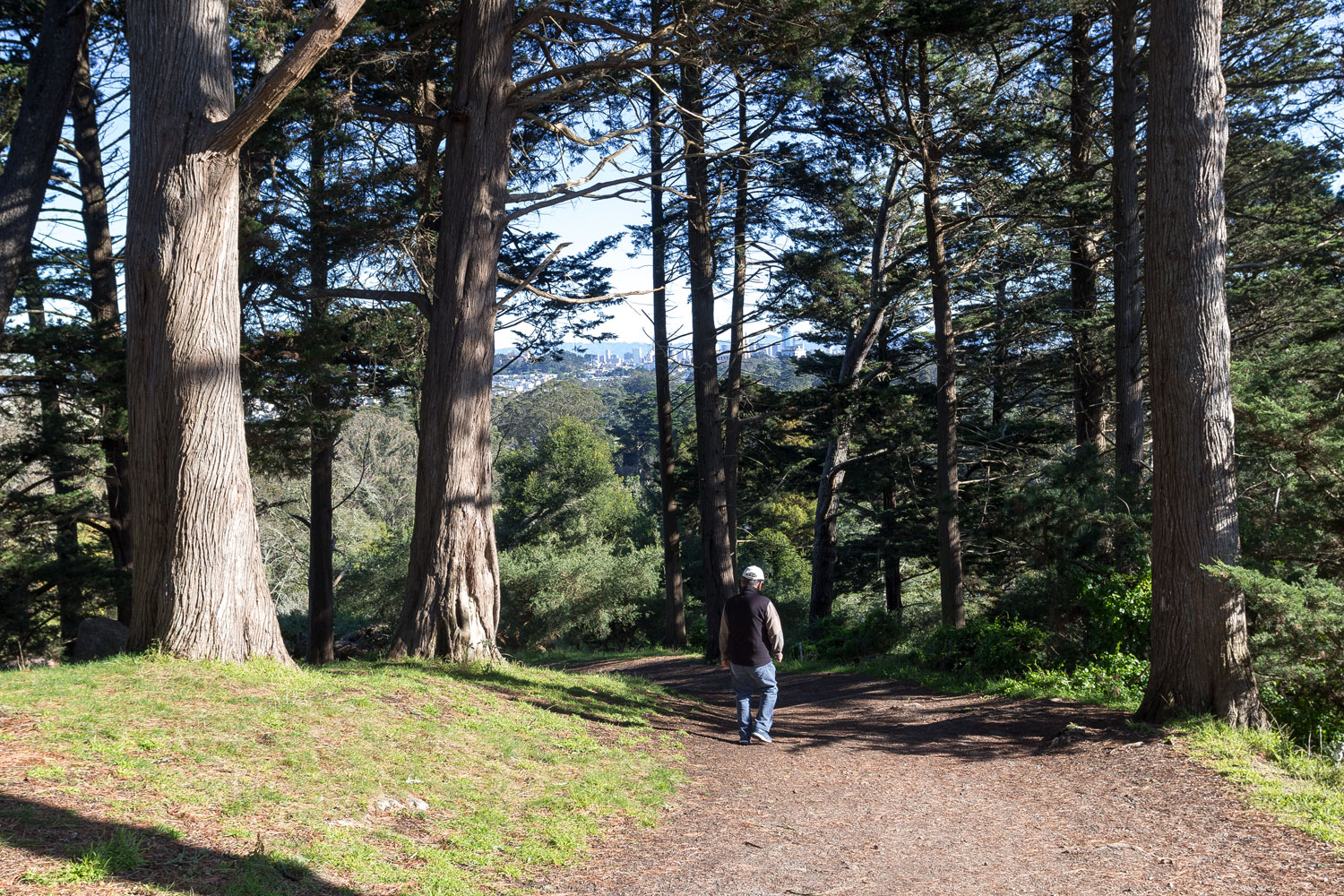
A view of the Sunset District, which resembles Richmond.

In 1906, a powerful earthquake occurred in California, which practically wiped San Francisco off the face of the earth. The earthquake caused fires that engulfed the then predominantly wooden city, and it burned to the ground. After the disaster, all that remained of San Francisco were scorched land and rubble.
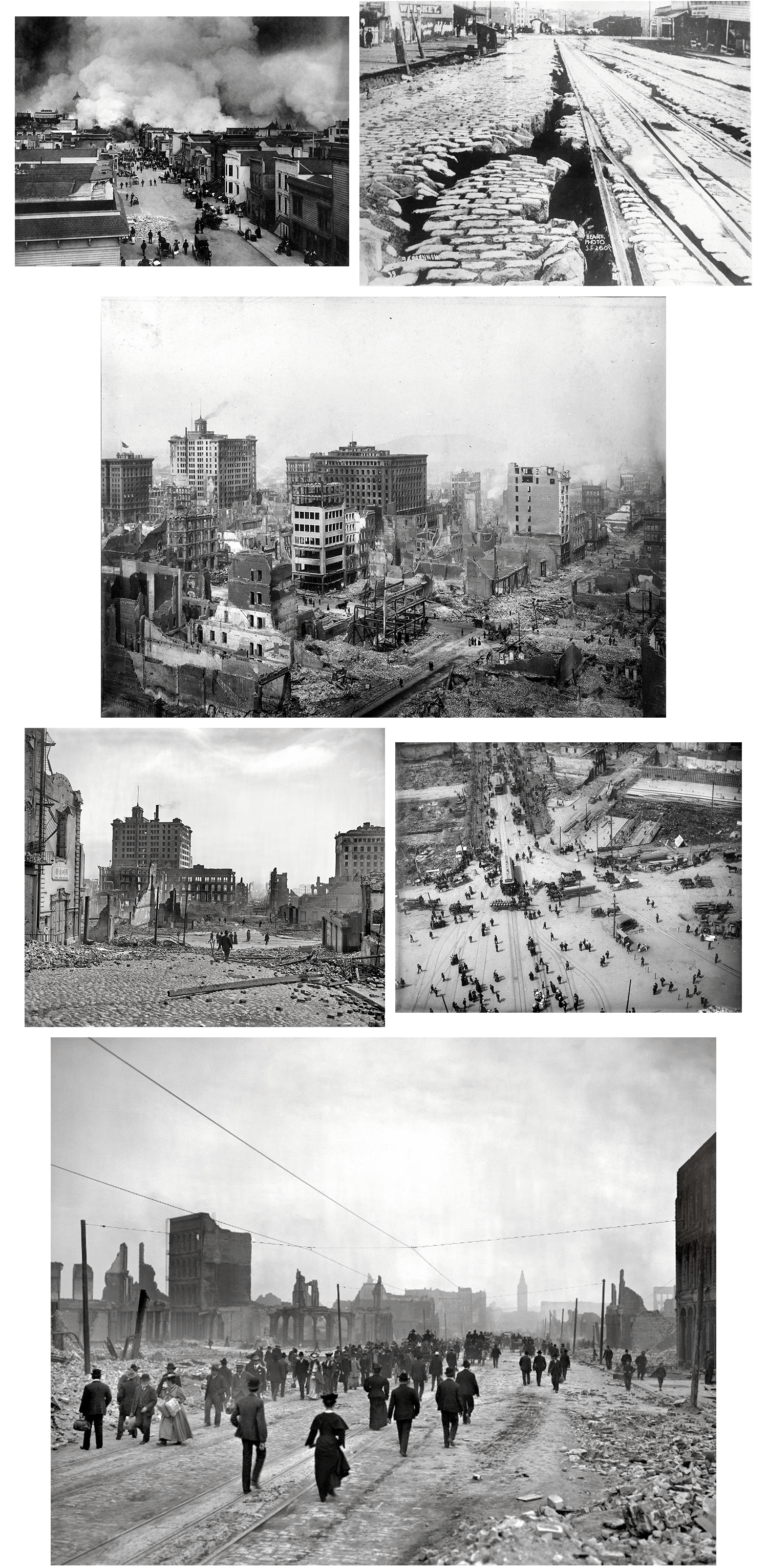
The earthquake destroyed the observatory that once stood on Strawberry Hill.
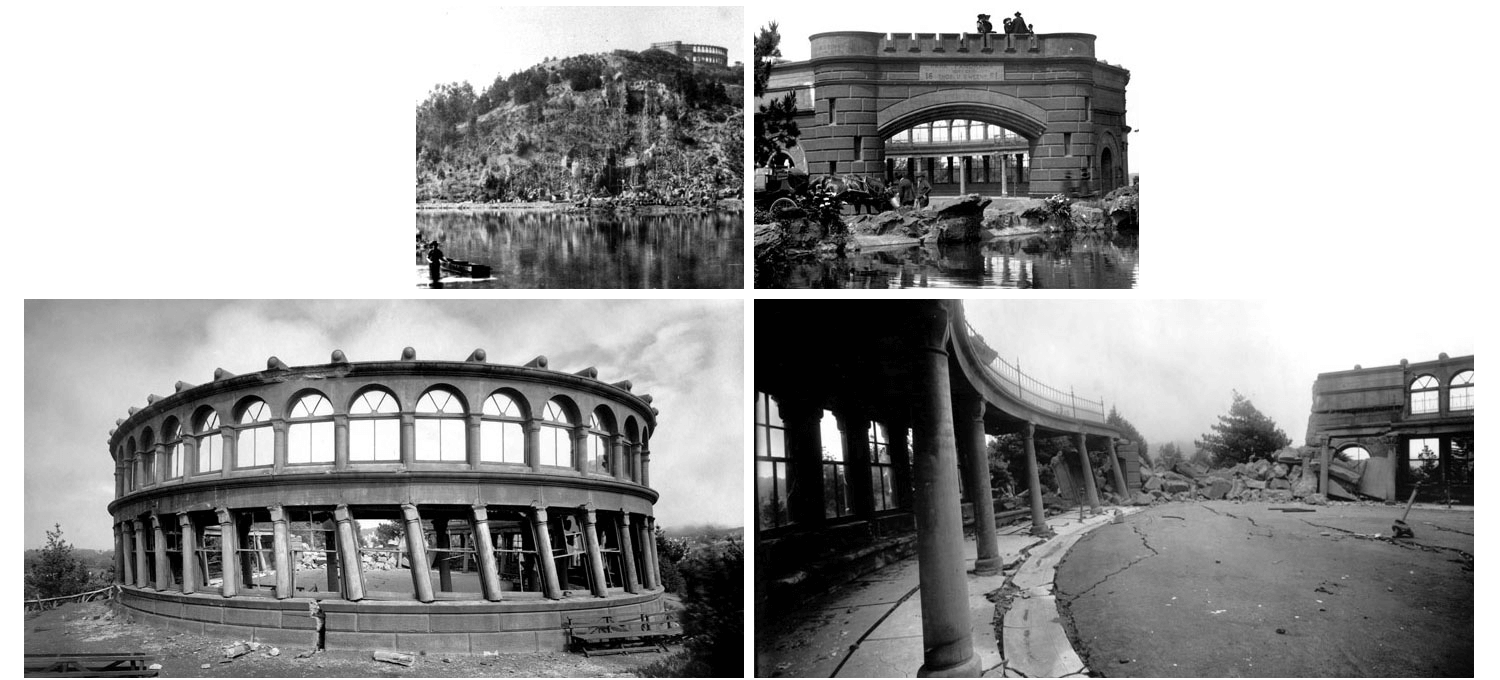

Alamo
The earthquake also destroyed all the historical wooden structures in San Francisco. Once, a large portion of the city looked like how Alamo Square does today, perhaps being the only neighborhood that still retains that appearance.
Postcards from San Francisco are divided into three types. The first type features the Golden Gate Bridge, the second type showcases the winding Lombard Street, and the third type displays colorful houses.

The houses are called “Painted Ladies.”
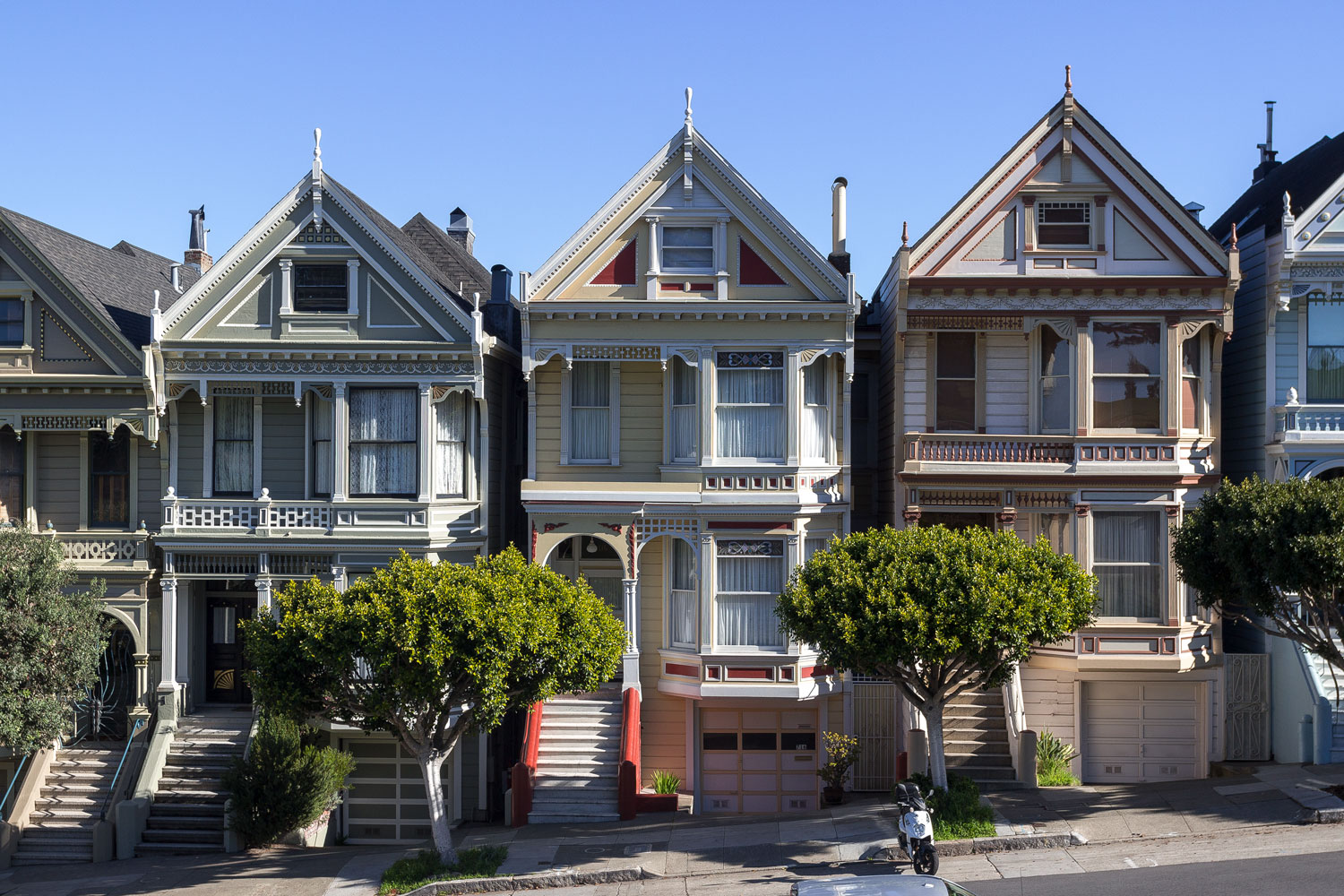
This is the Victorian style. The houses were built in the second half of the 19th century. Previously, all of San Francisco looked like this, but after the earthquake, not many houses survived.
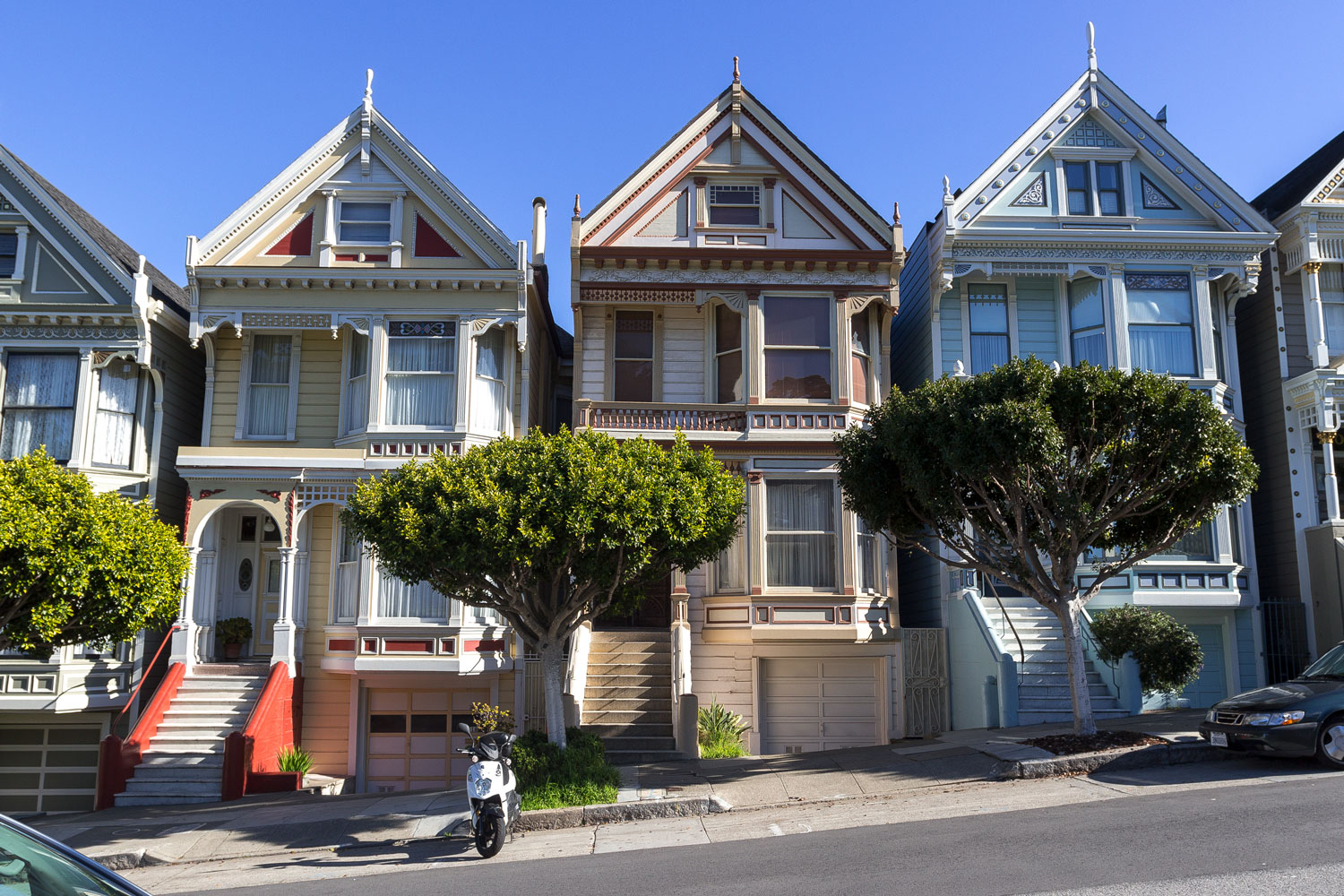
Breathtaking beauty.
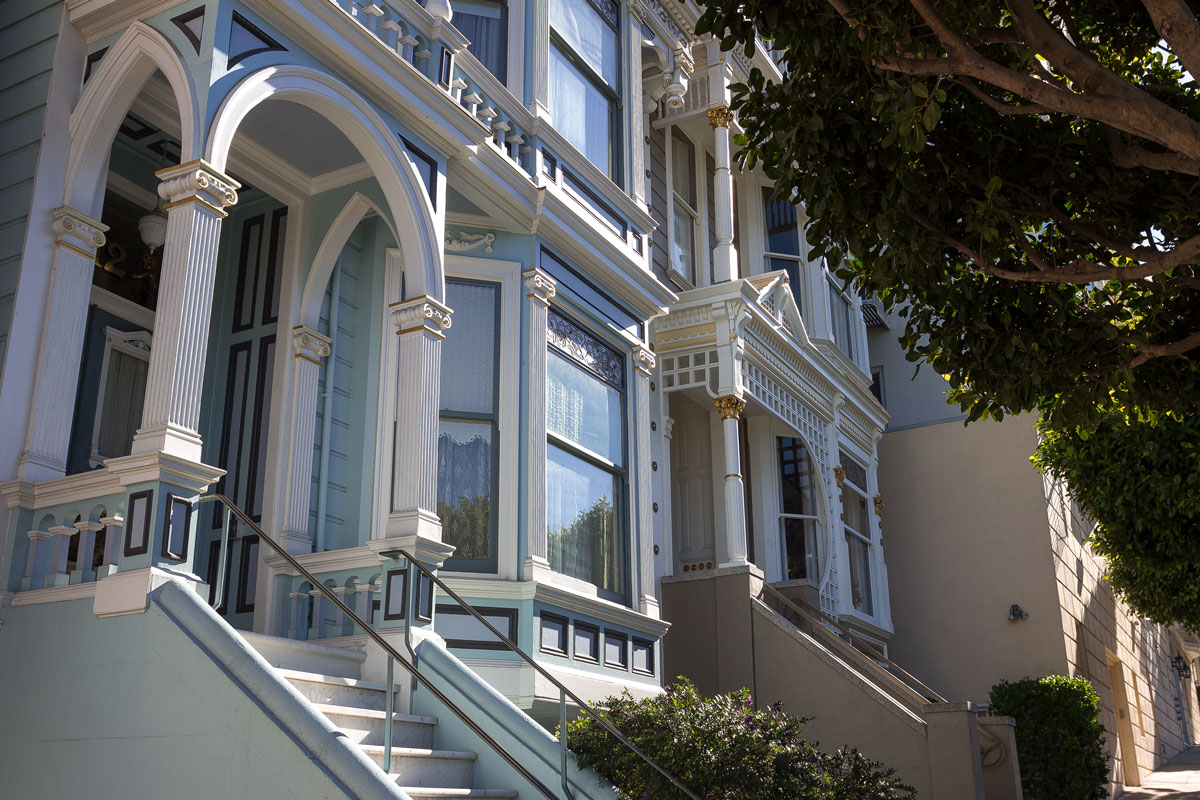
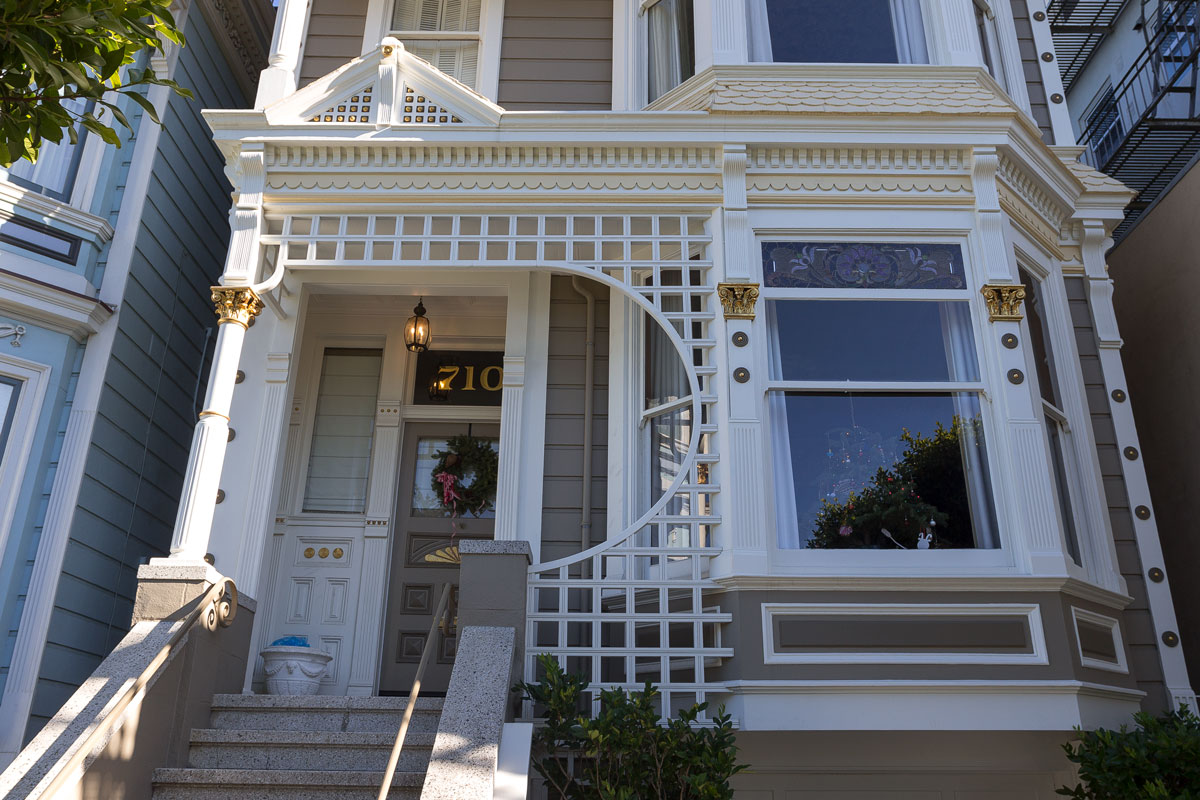
All houses have stairs due to the constant changes in elevation throughout the city.
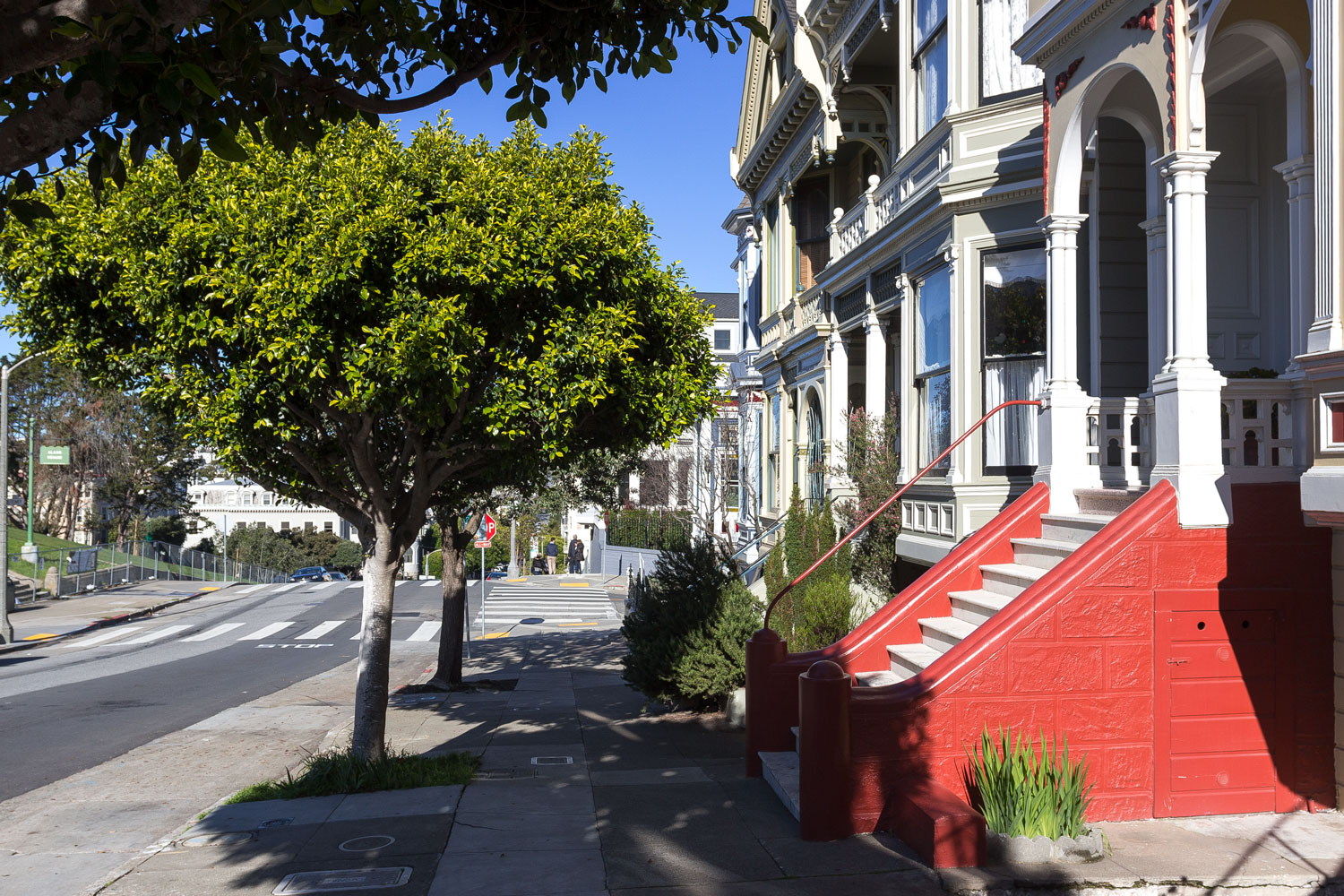
A classic street in old San Francisco with a slope of 20 degrees.


The downtown can be seen in the background.

There is only one problem with Alamo Square: it is impossible to live in these houses due to the tourists.
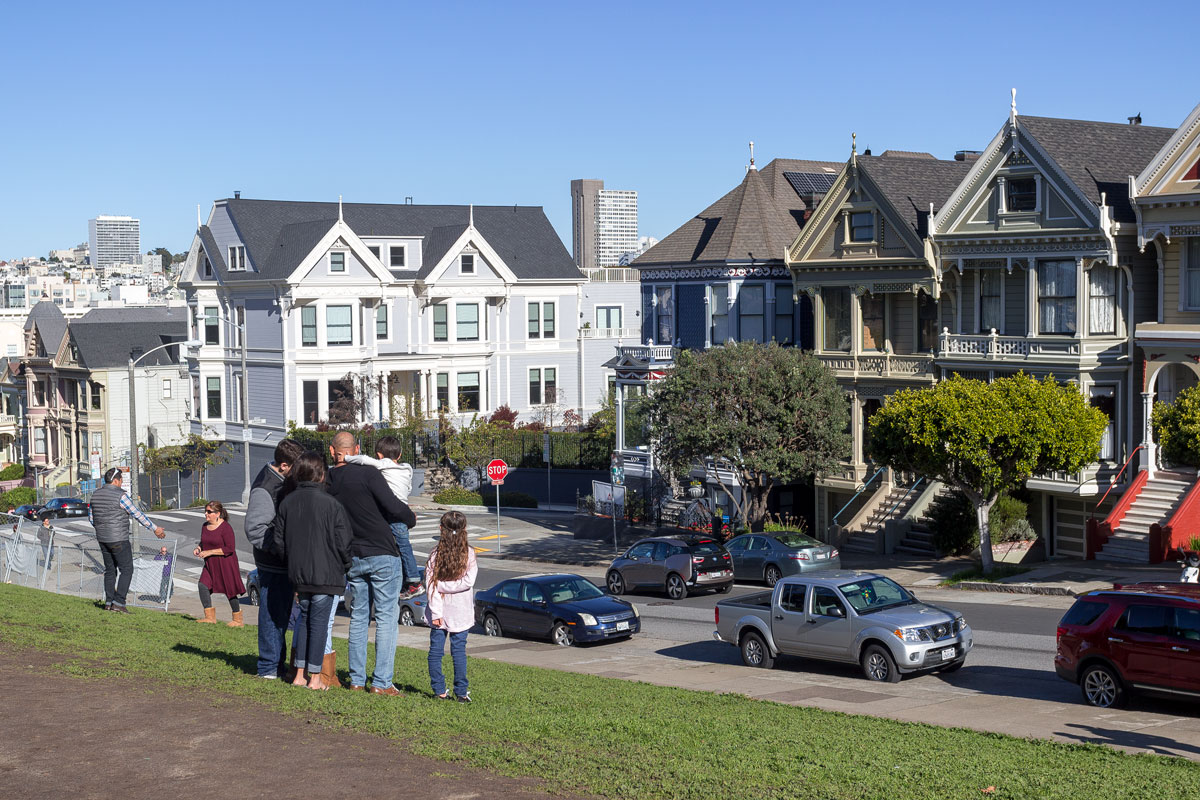
Fortunately, tourists do not make it to the neighboring streets.
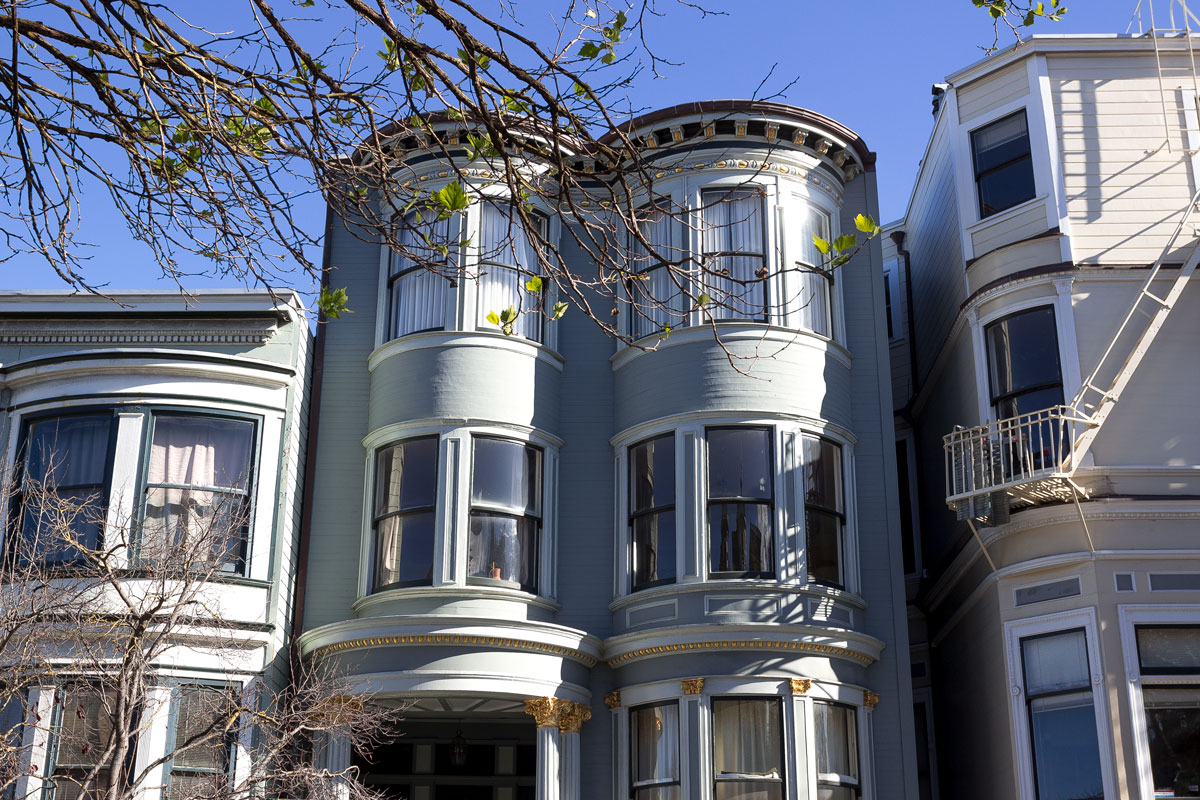
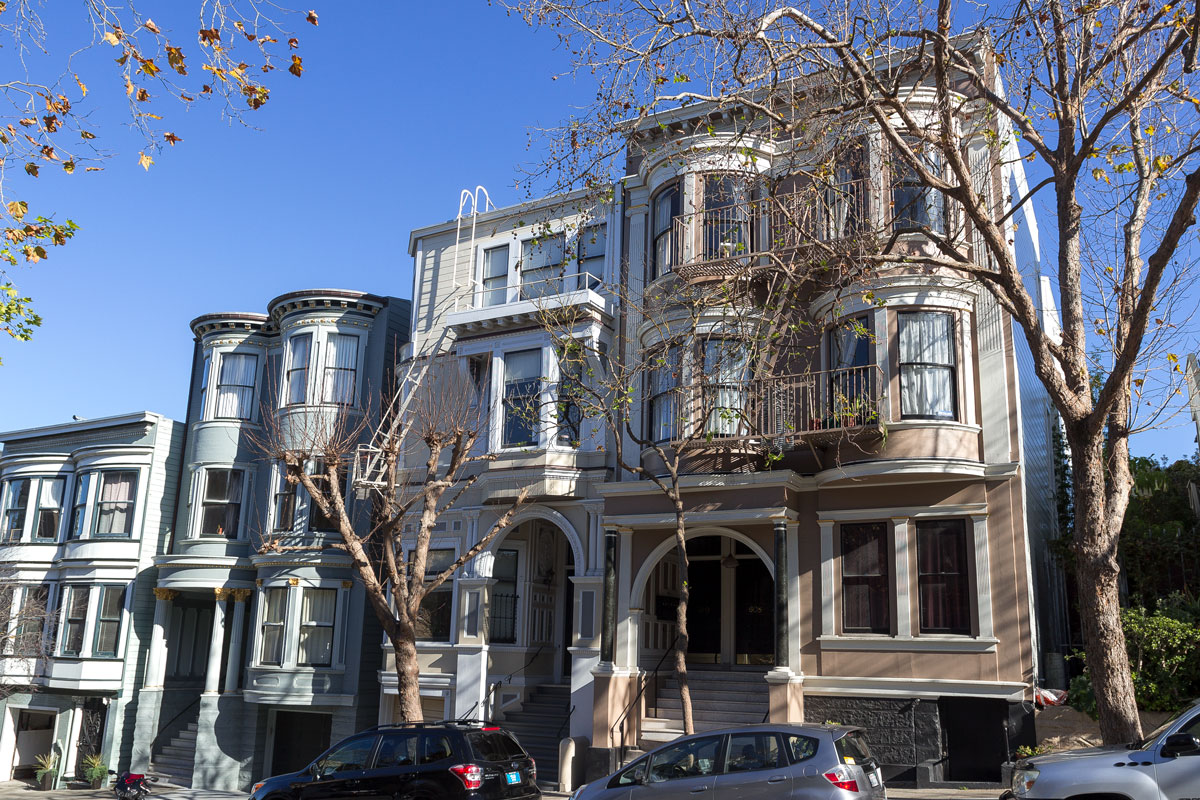

Somewhere around here, the most beautiful house in San Francisco was found. Nothing cooler could be found in all of California.

The house was built by a Scottish immigrant in 1891. By 1920, the house was converted into a rehabilitation center, and in 1958, it was purchased by a church. Since then, it has been used for treating nervous disorders and alcoholism.

If I lived in San Francisco, I would definitely become an alcoholic just to live in that house.
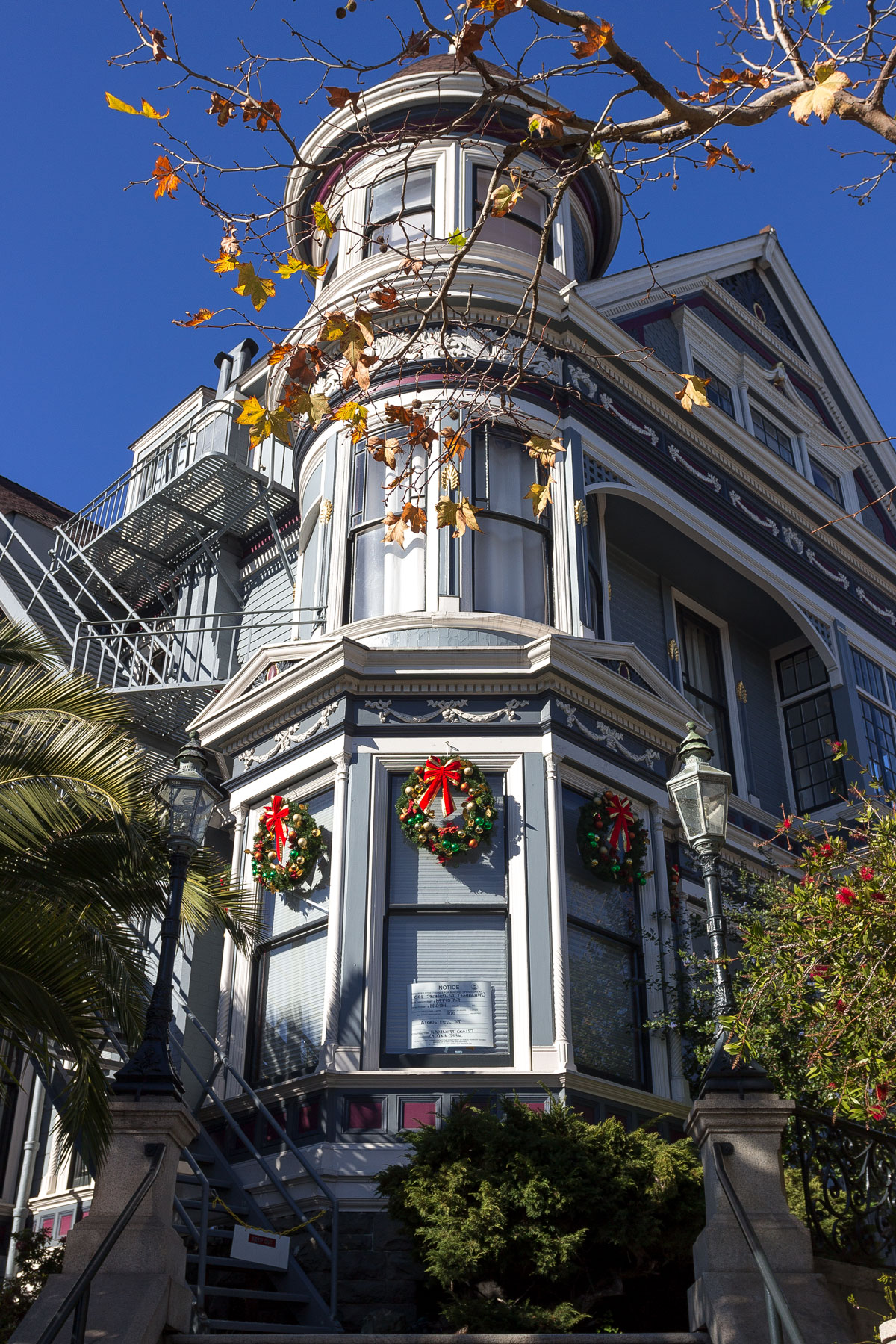
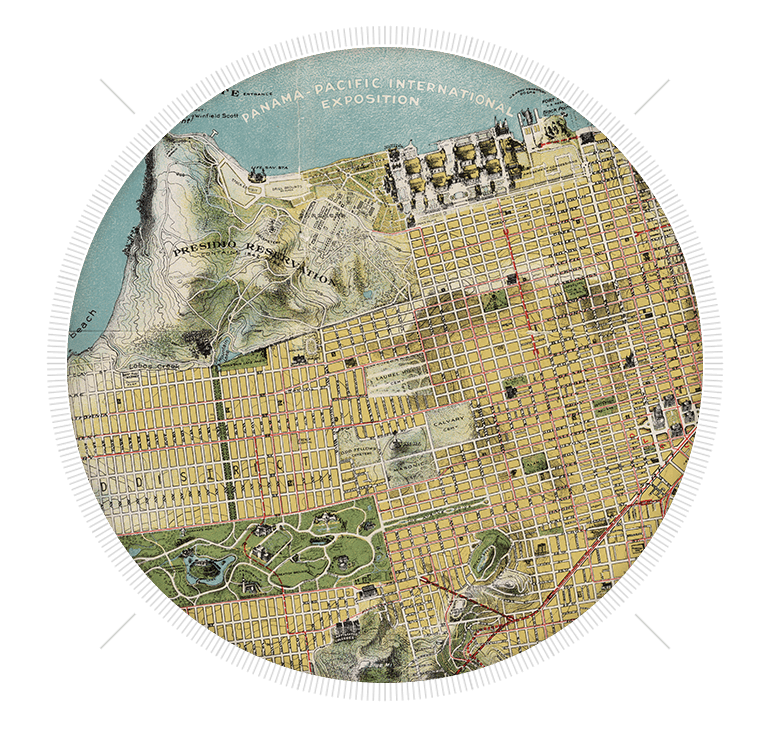
Gay district
Near Alamo Square is the Castro district.
The Castro is one of the largest gay communities in the world. Twelve thousand people live here. Of course, not all of them are gay, and not all gays live in the Castro. However, a greater concentration of rainbow flags and sex shops probably cannot be found anywhere else in America.

Even the pedestrian crossing is painted with a rainbow here.
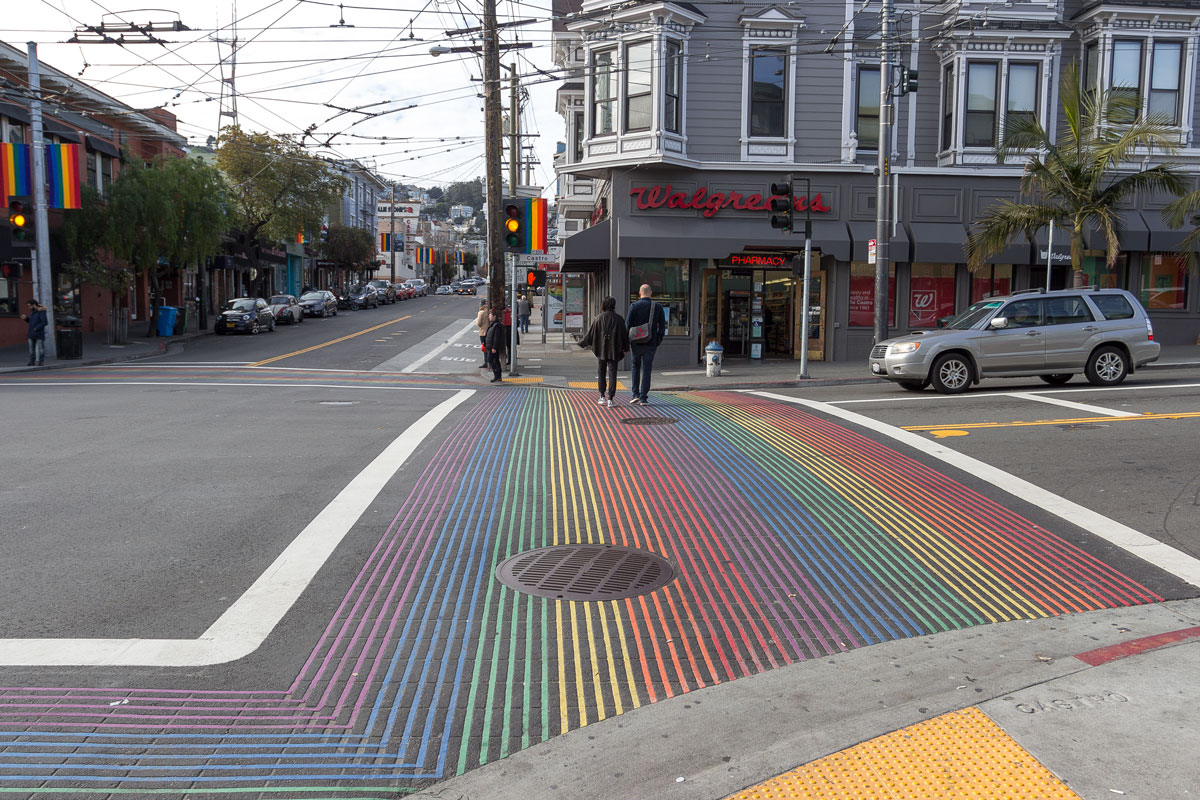
America has never been the most tolerant country. It’s not like Europe. Even today, in some states like Texas, there is still social bias against gay people: they are not always accepted for employment, and the state still resists the federal law on same-sex marriage.
California was more fortunate. A powerful gay rights movement started in San Francisco as early as the 1970s under the leadership of Harvey Milk, and it has had a ripple effect across the rest of the country.

Currently, the Castro is one of the most popular neighborhoods in the city. There are as many tourists here as in Alamo Square.

The neighborhood is truly vibrant. I would even say it’s a deliciously lively district!
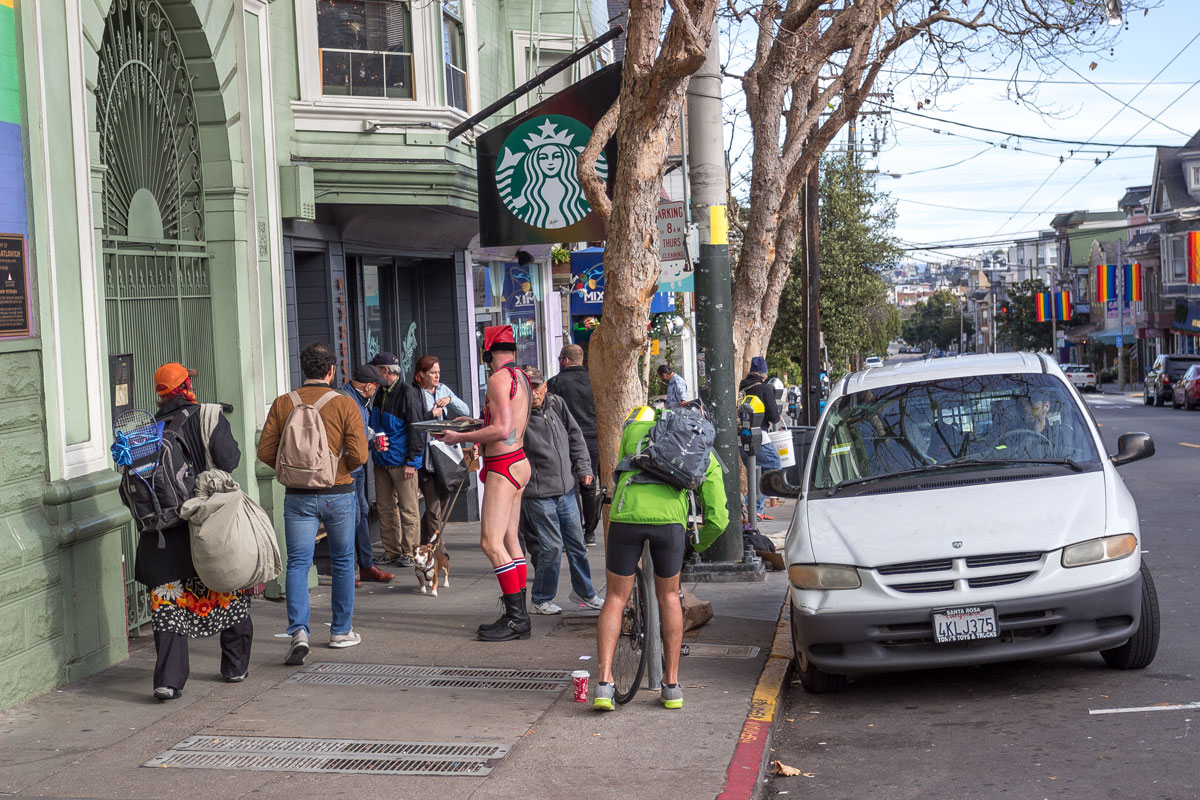
By the way, this is Greg, and he’s a developer from Google. He was handing out cookies just for fun.

It was +10 degrees Celsius outside. He must have lost some bet. Or won it.
Christmas in San Francisco
The author arrived in San Francisco on December 24th, one day before Christmas. The main holiday in America is Christmas, and New Year’s is celebrated here more out of inertia.
The city is decorated quite modestly. Some trees are adorned with bows, palm trees have garlands draped on them, and wreaths hang on house doors.
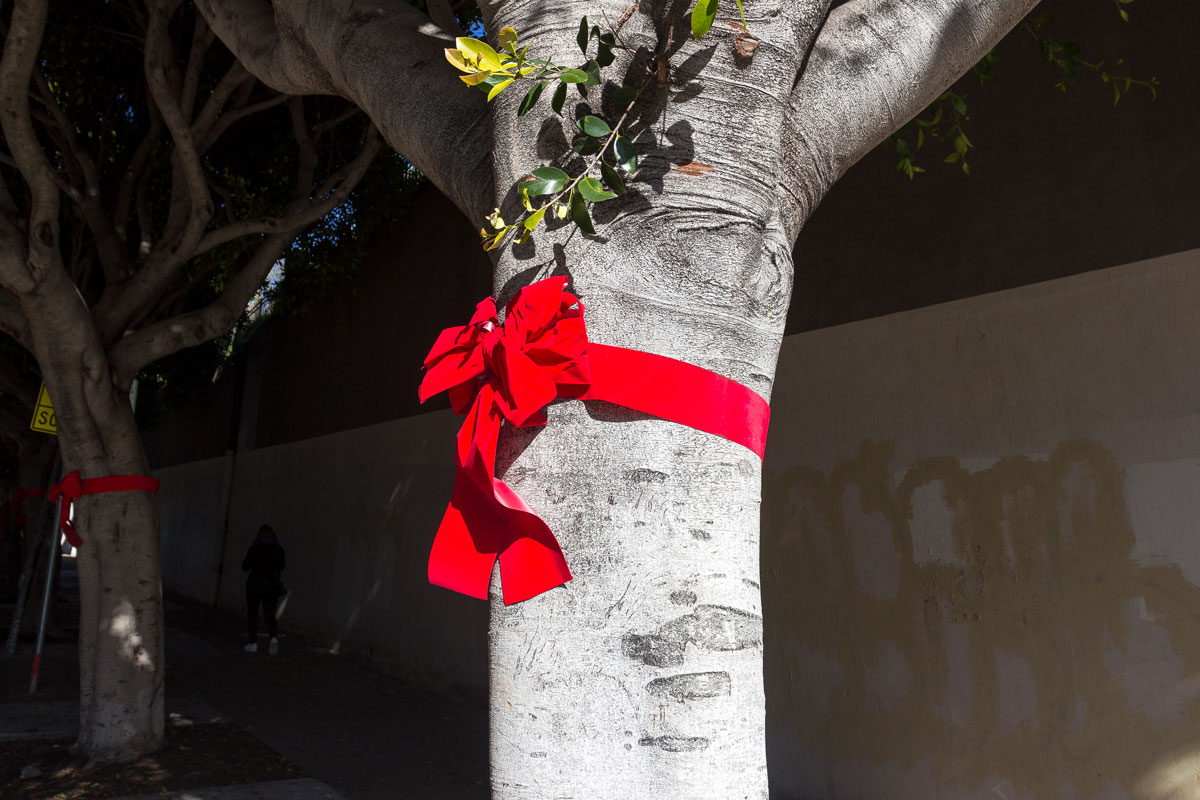
Christmas San Francisco is beautiful at night.
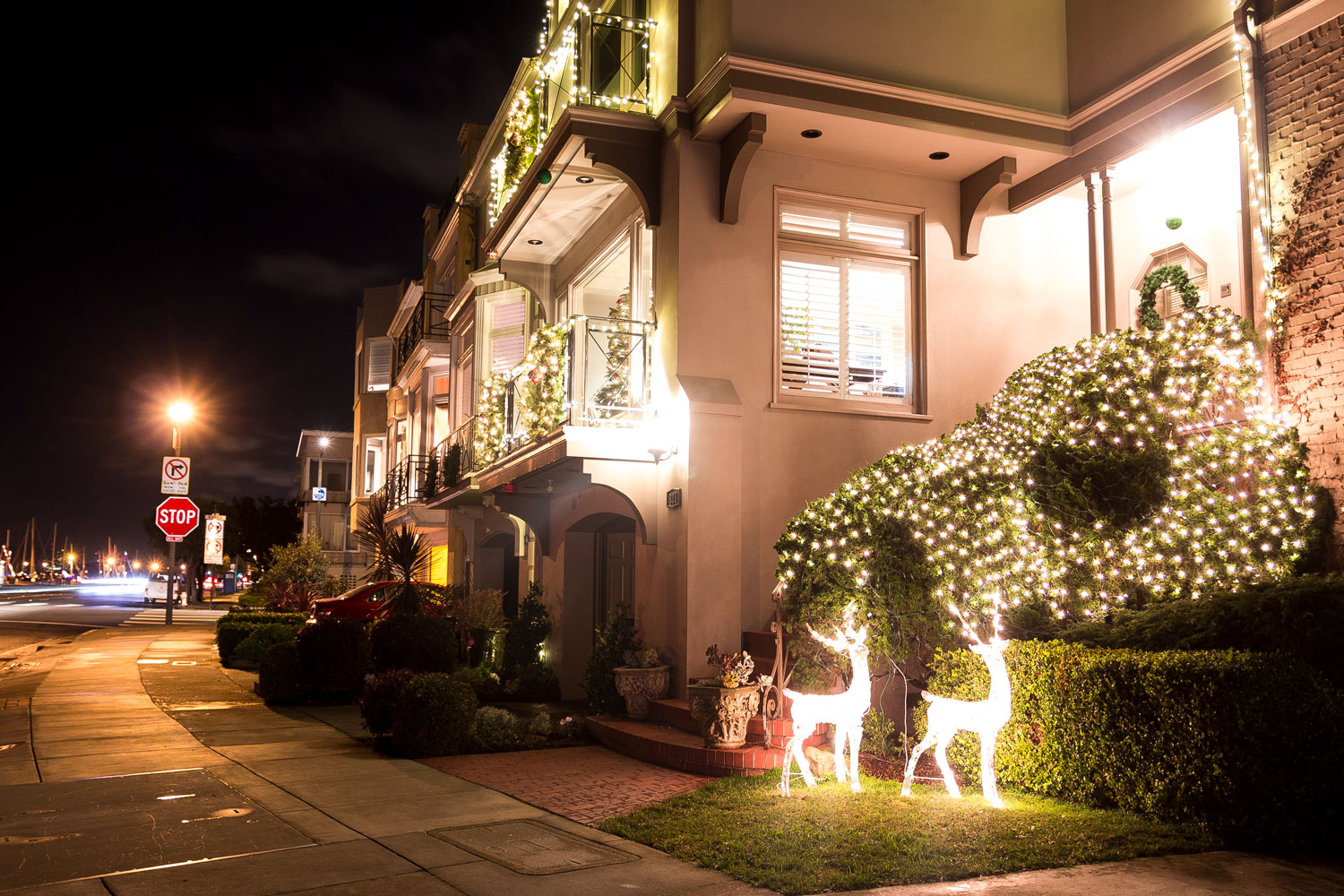
There is a Christmas tree in every window. Every house is lit up.

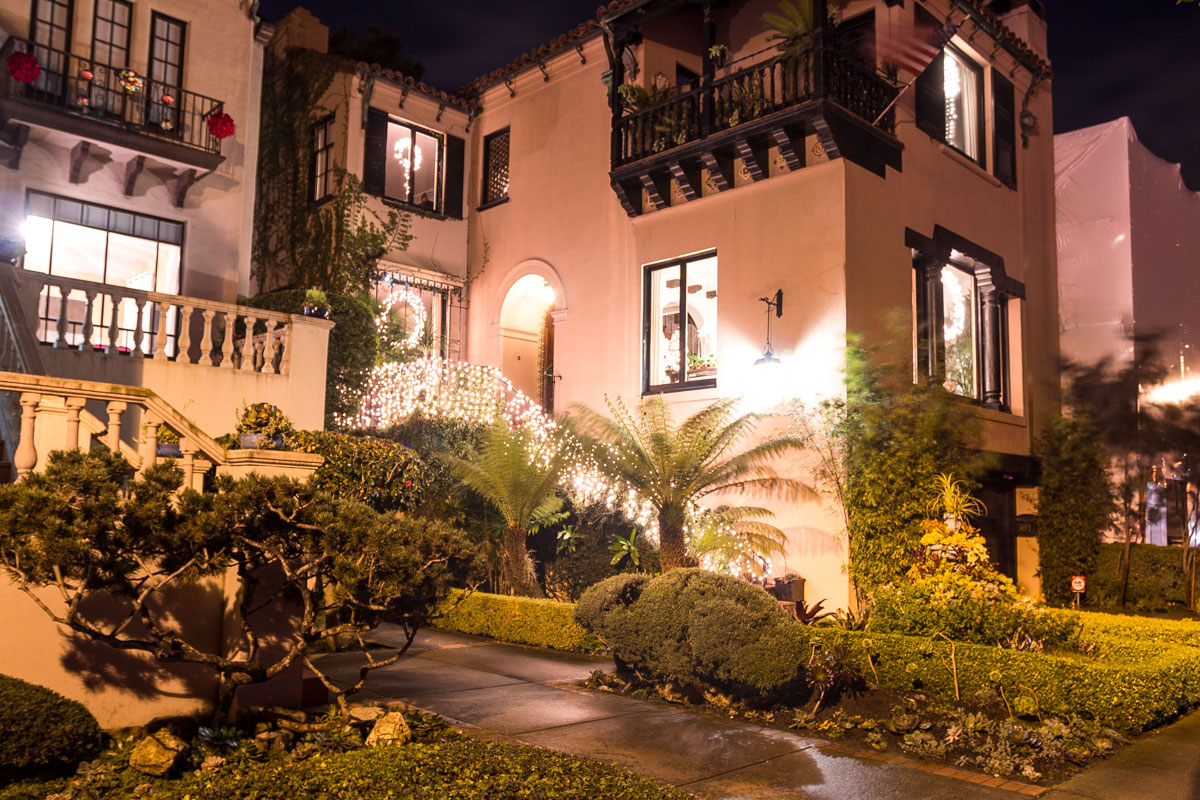
Christmas palm tree.
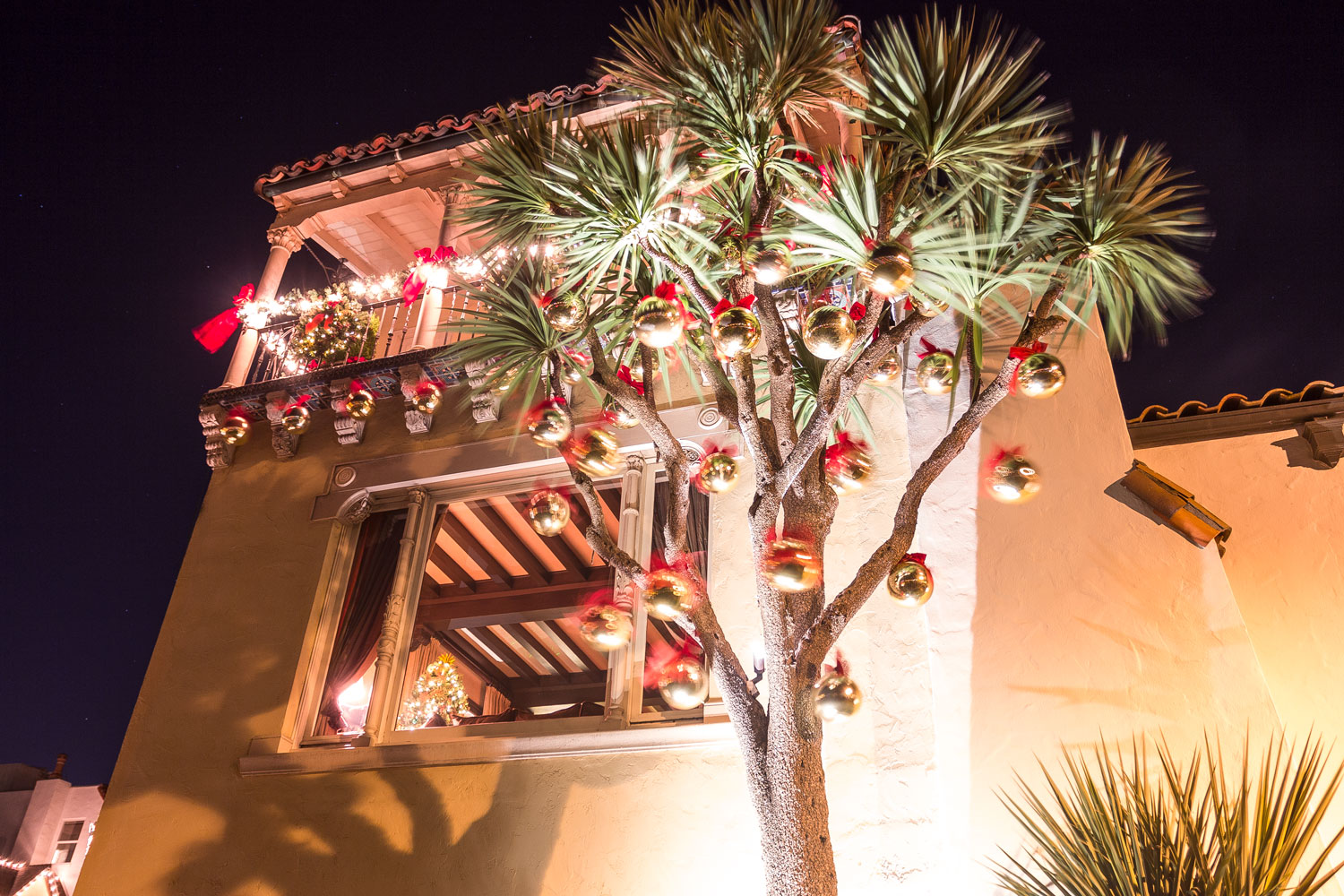
Beauty. American Christmas trees are lush and cool. Such trees are sold in Russia at a very high price, but in every house there is a shabby tree adorned with old Soviet ornaments.
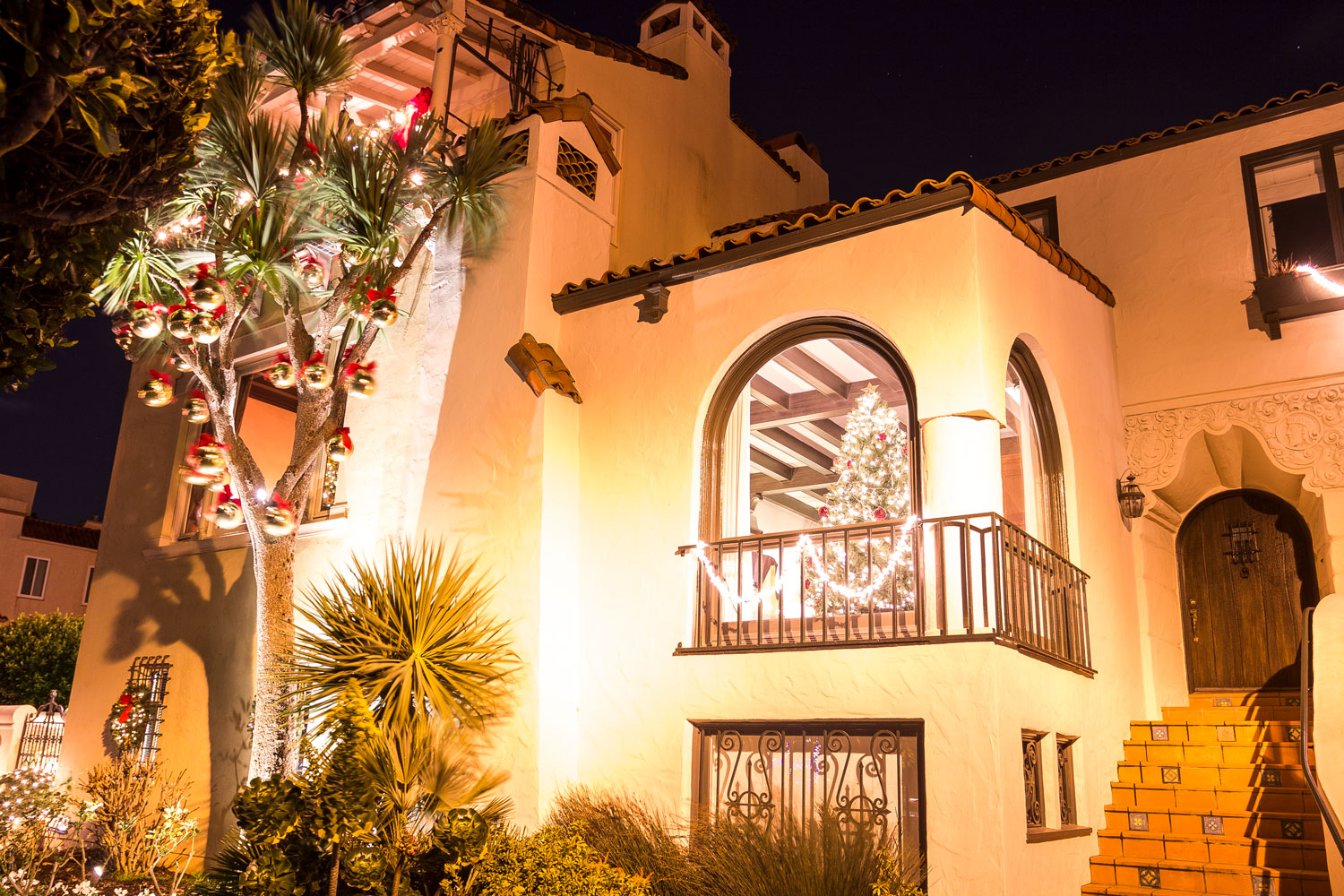
New Year in the USA truly feels like a cozy holiday, not an extended drinking spree.
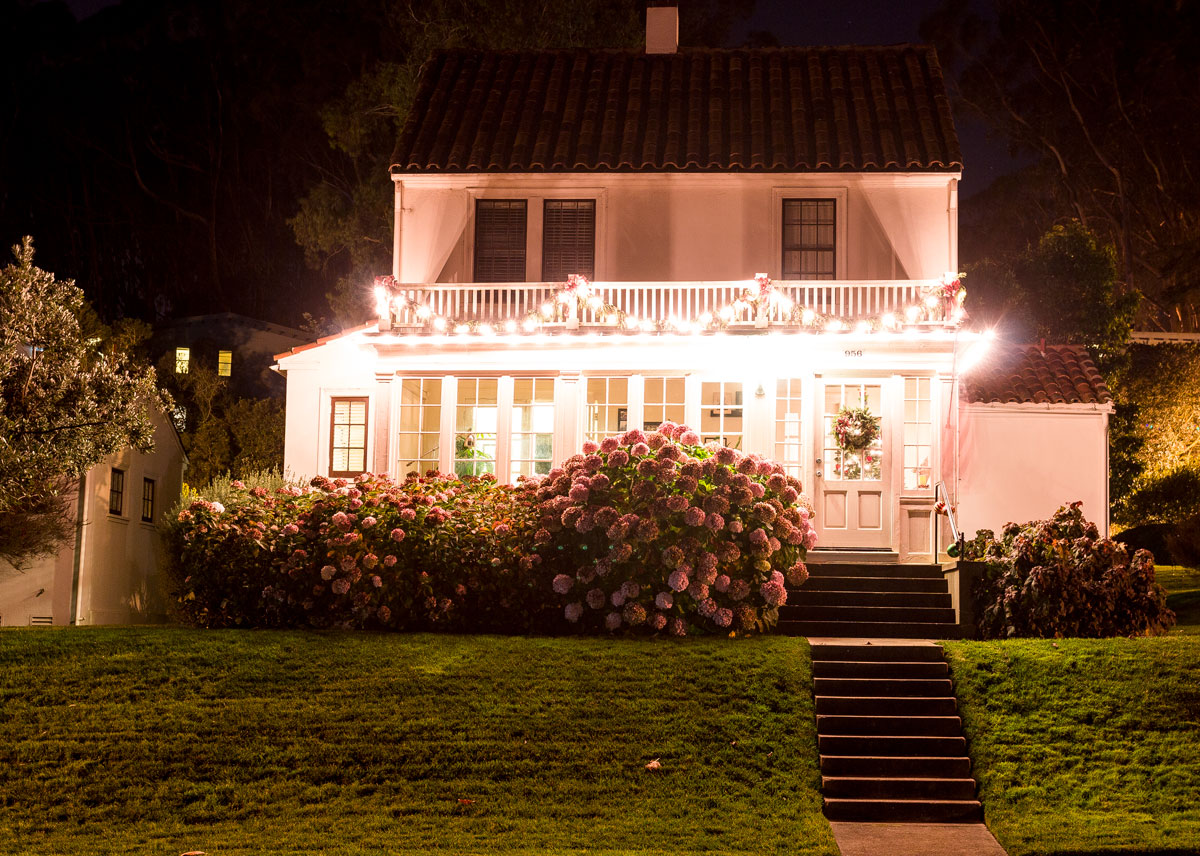
The highest point of San Francisco is Twin Peaks, located in the very center of the city. From here, the entire city is visible. It’s a beautiful place to celebrate Christmas.
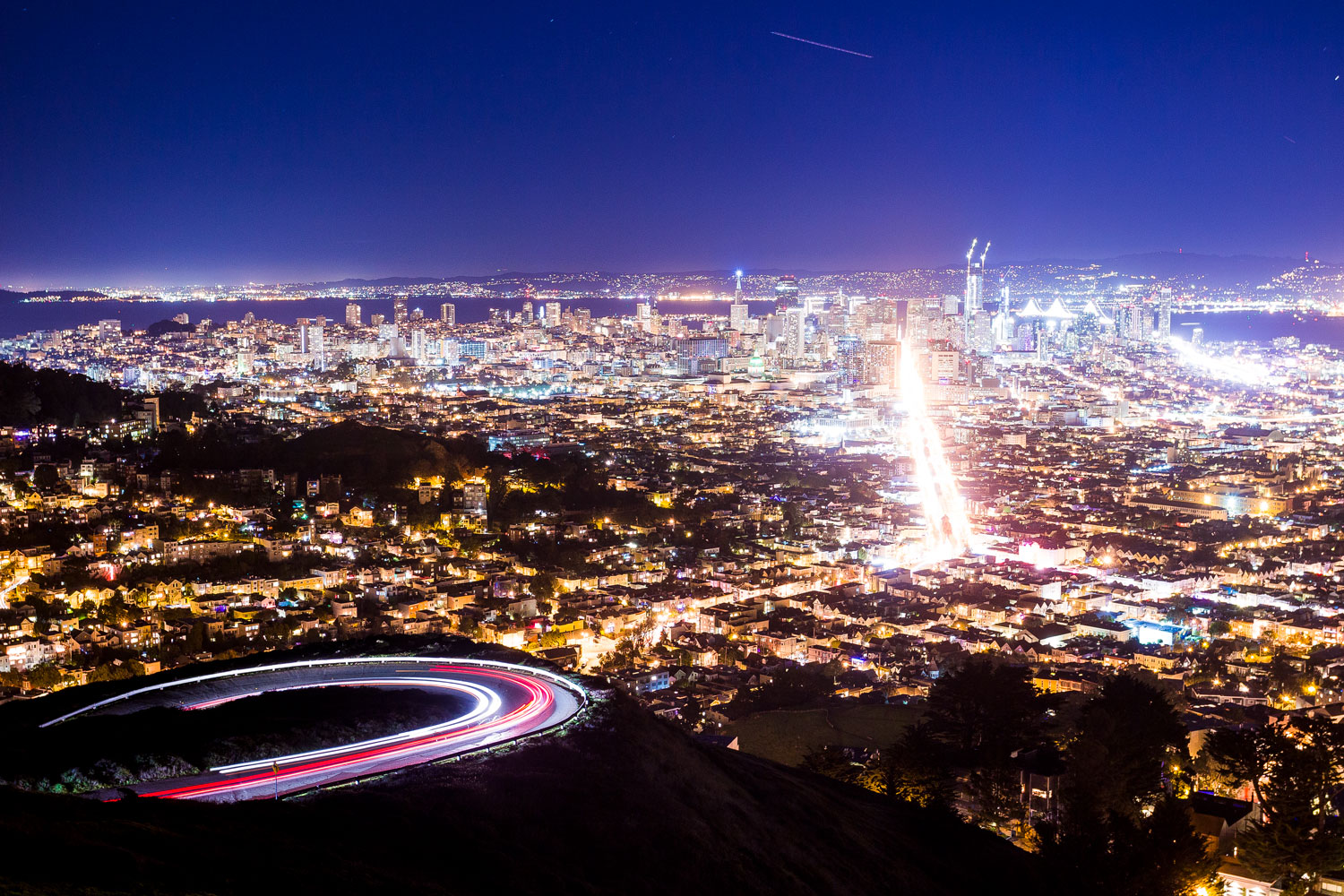
Tomorrow will be a new day.
